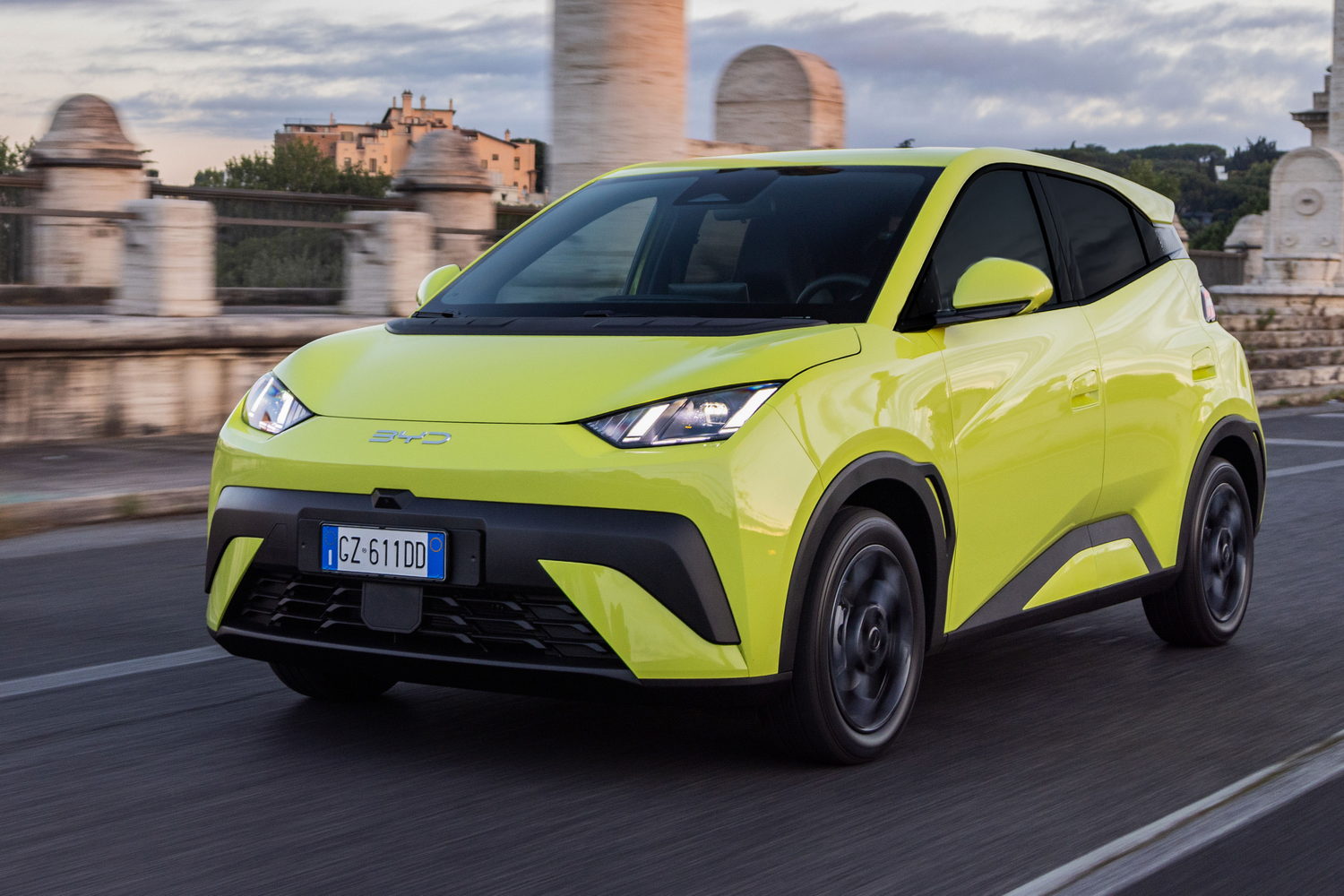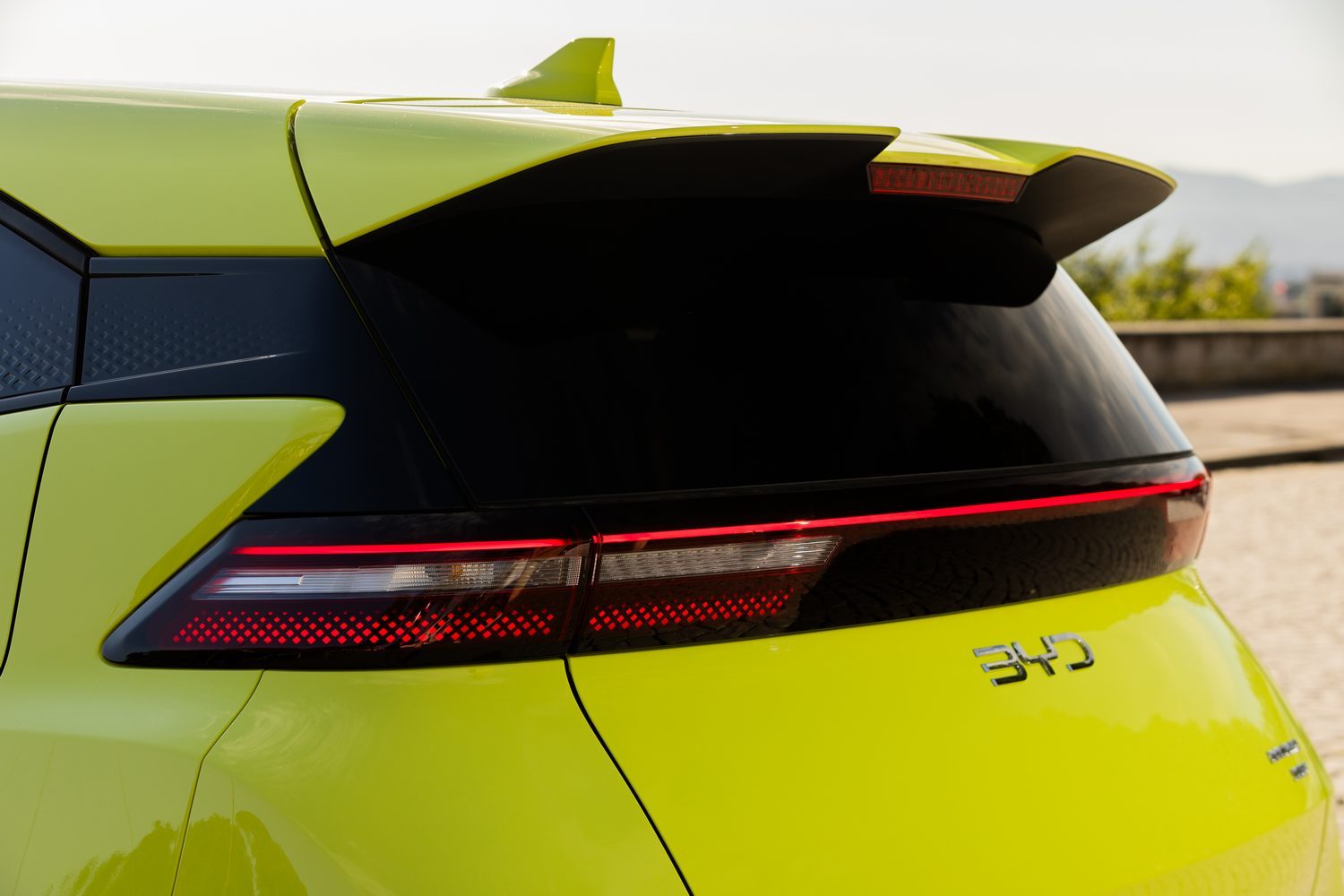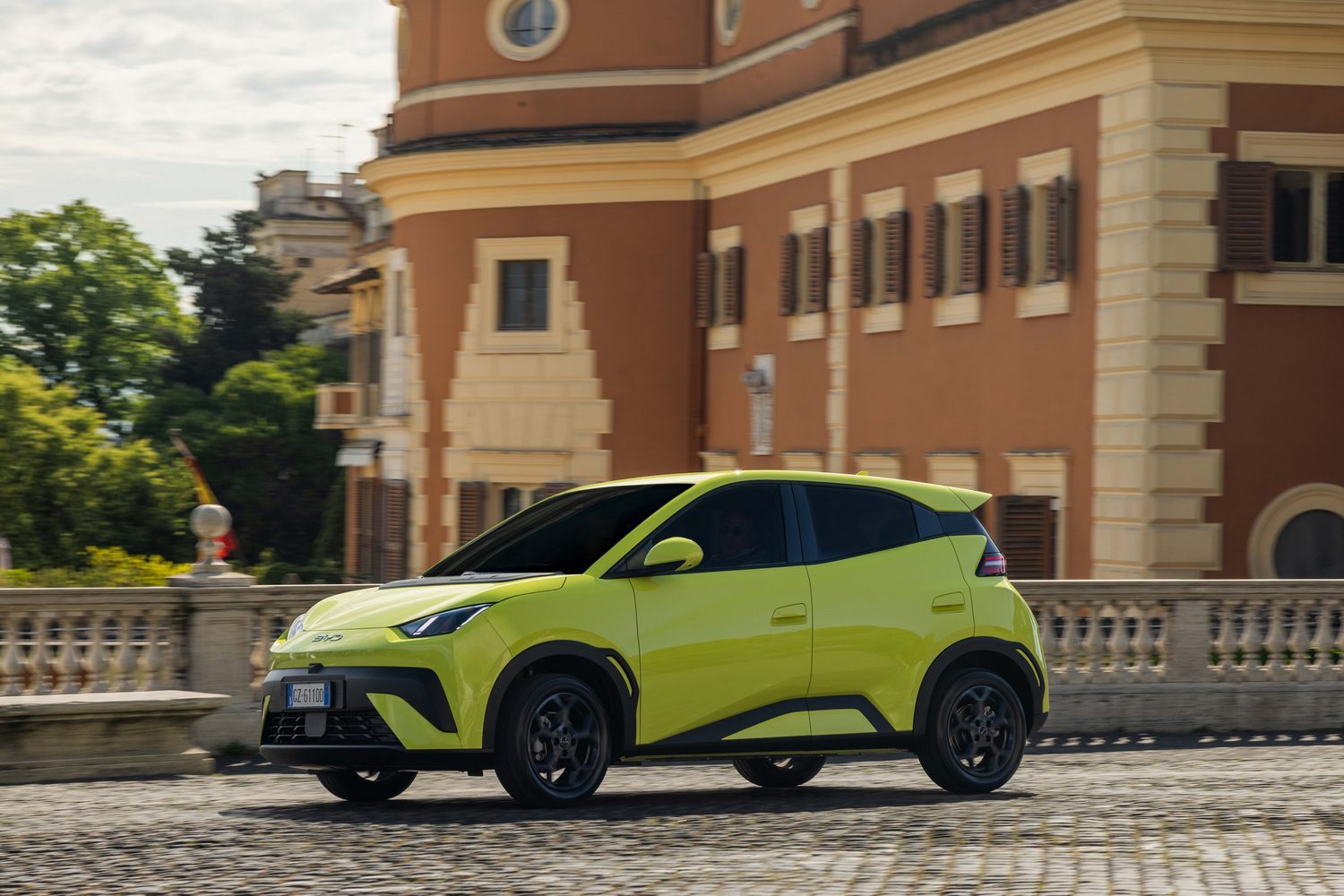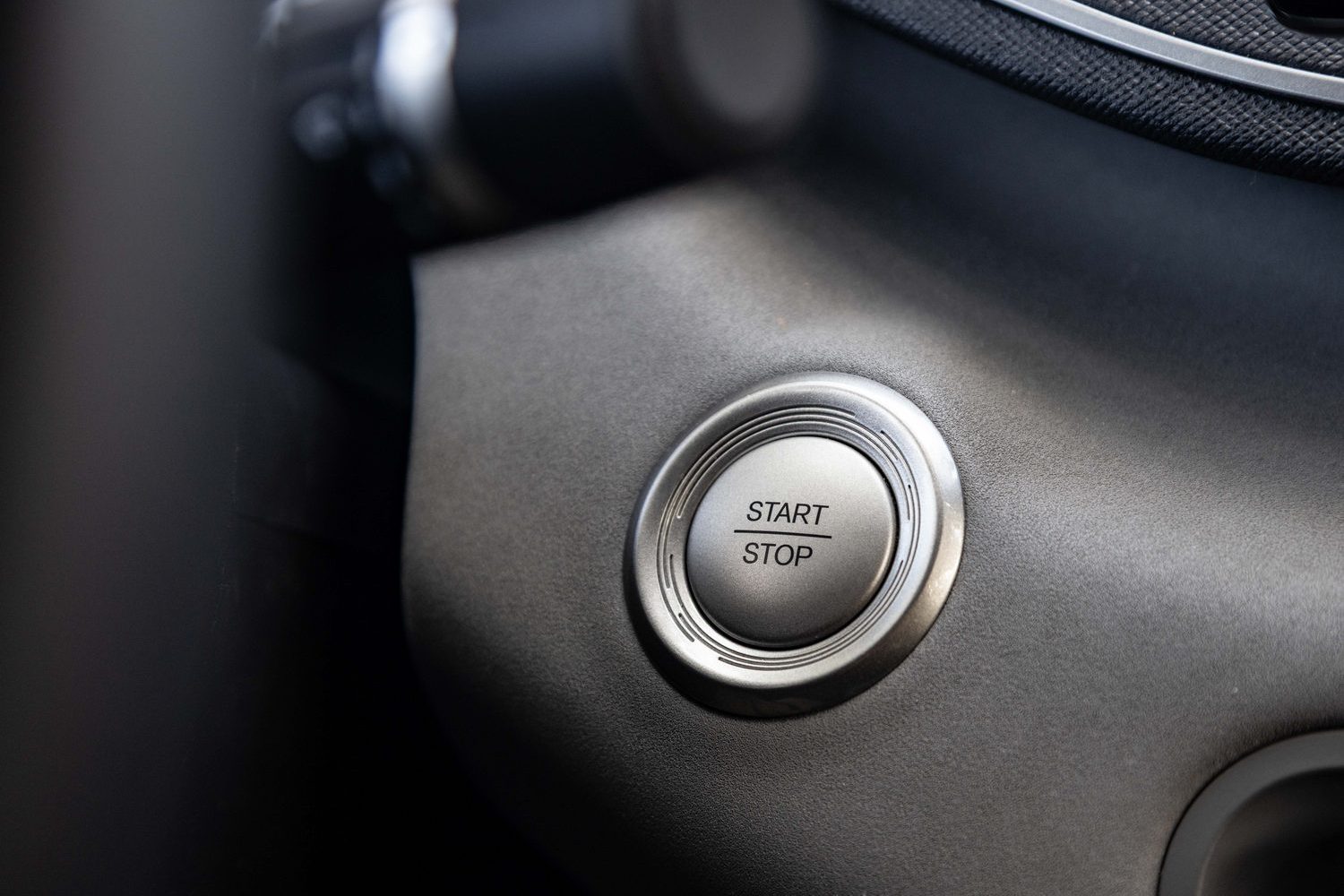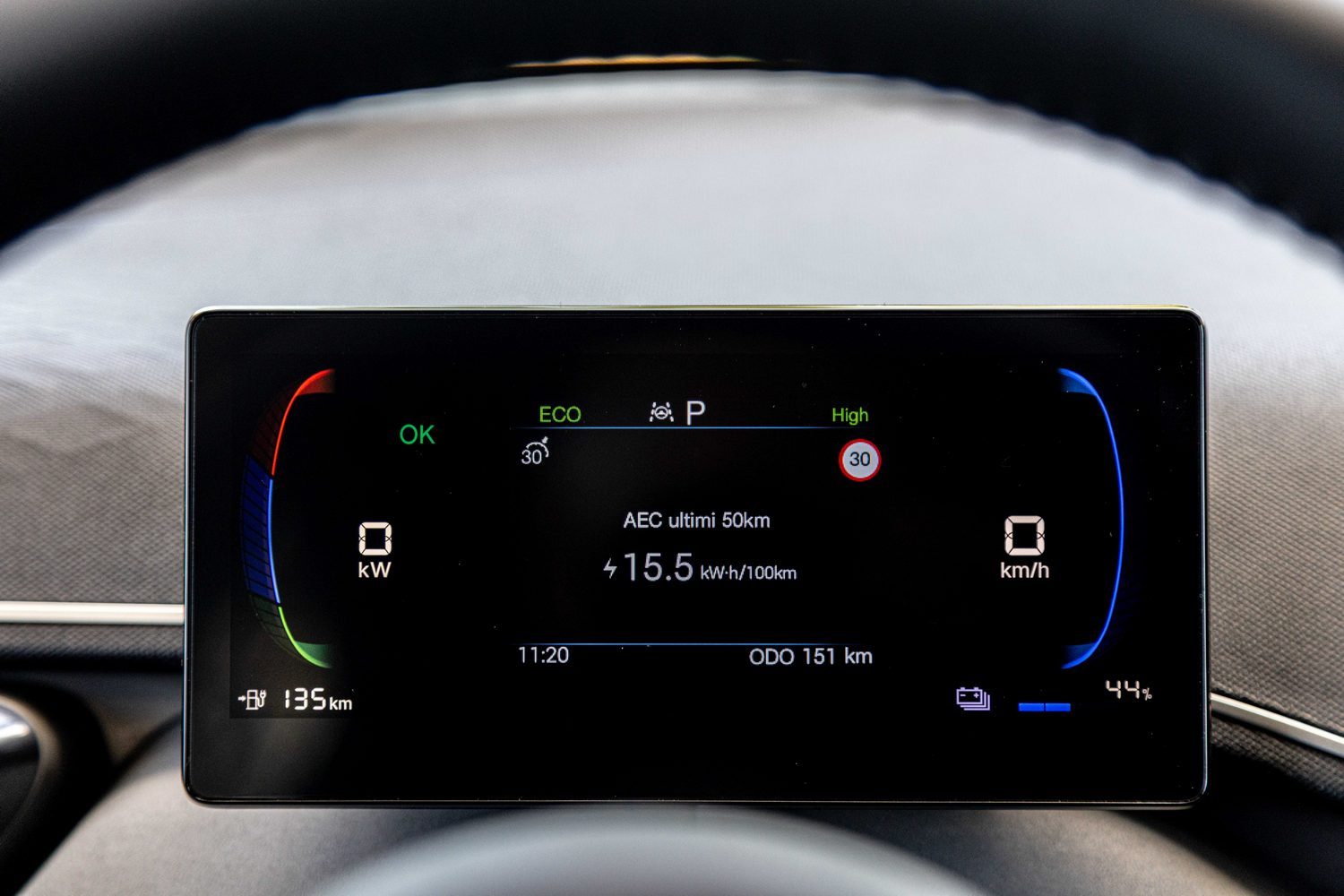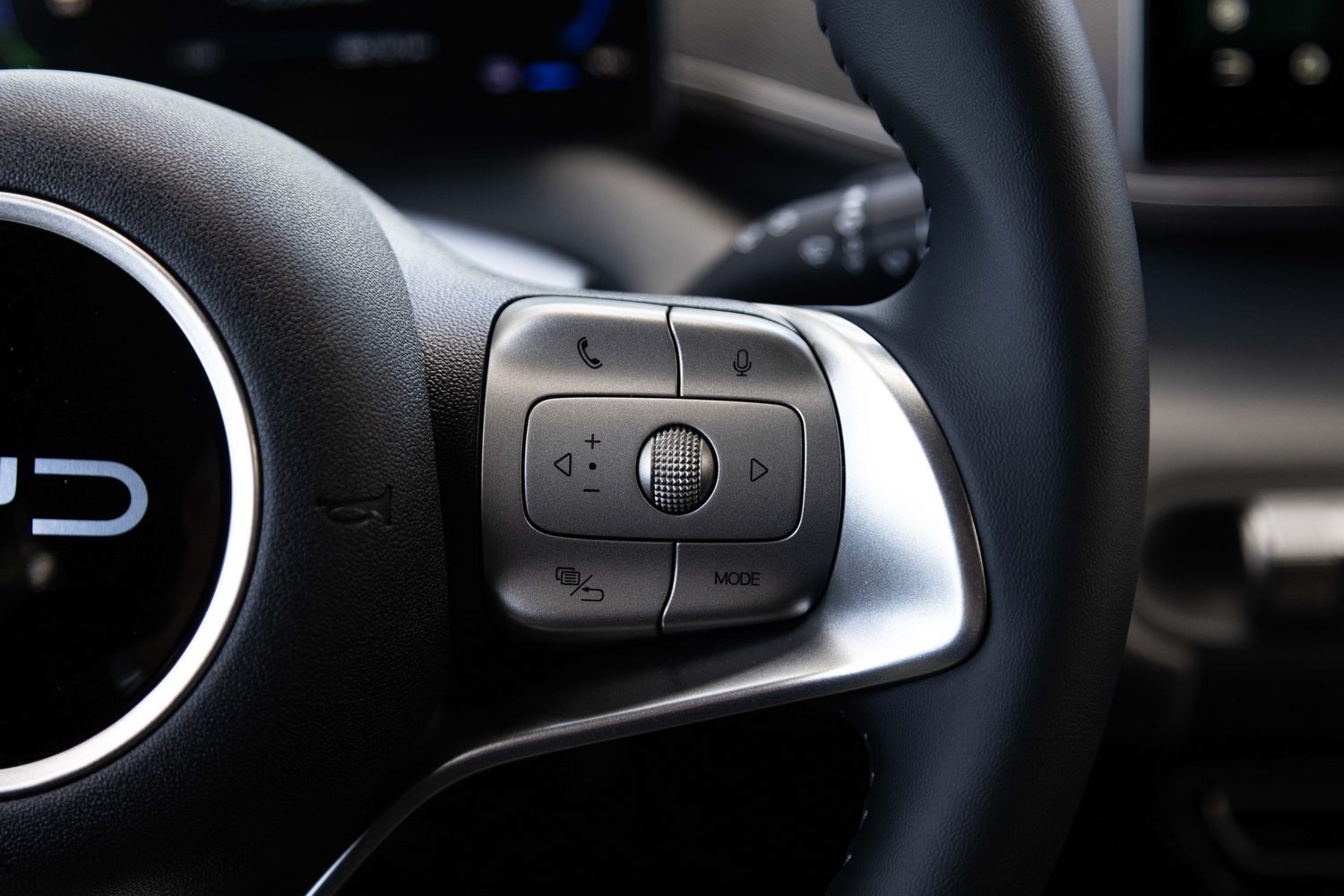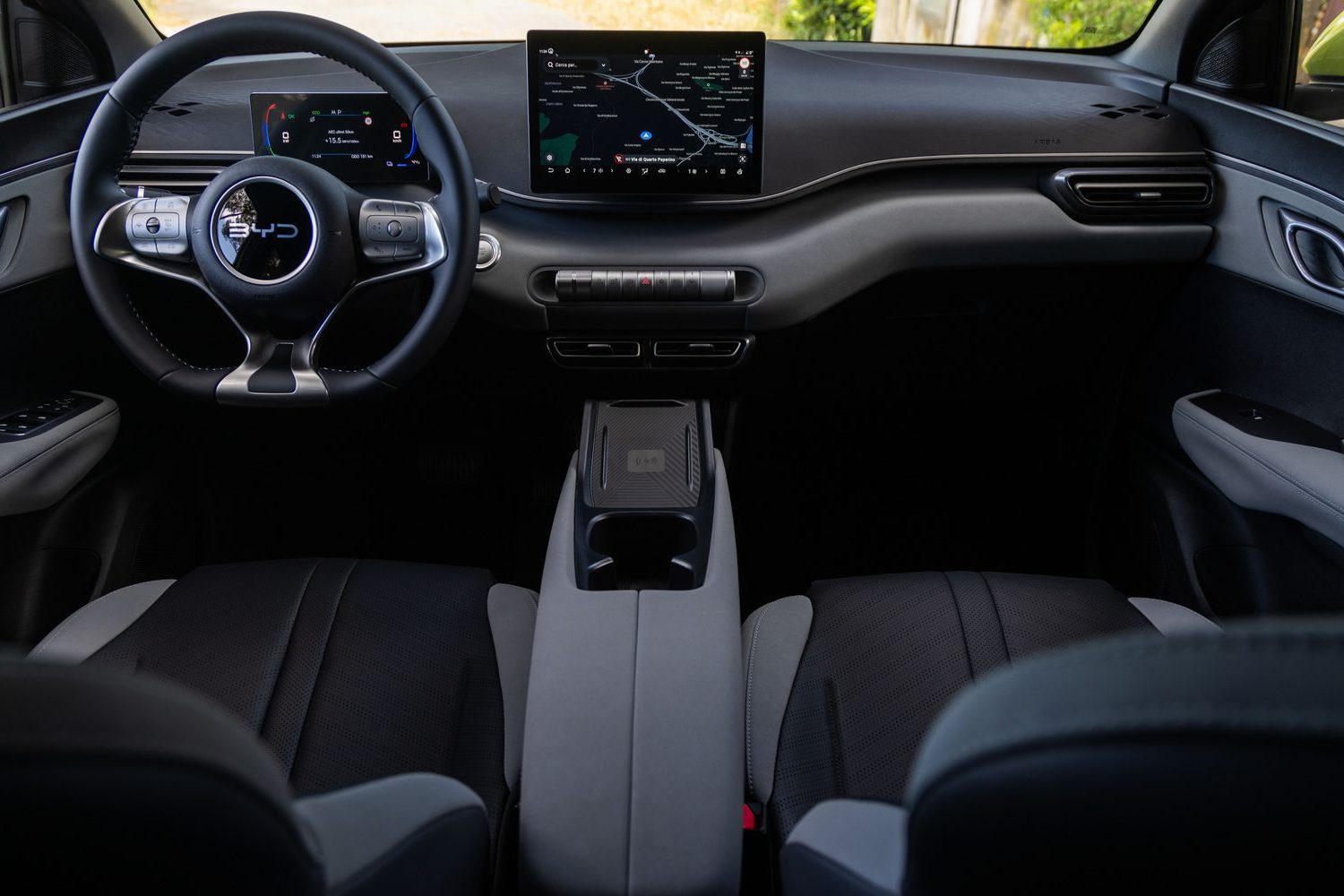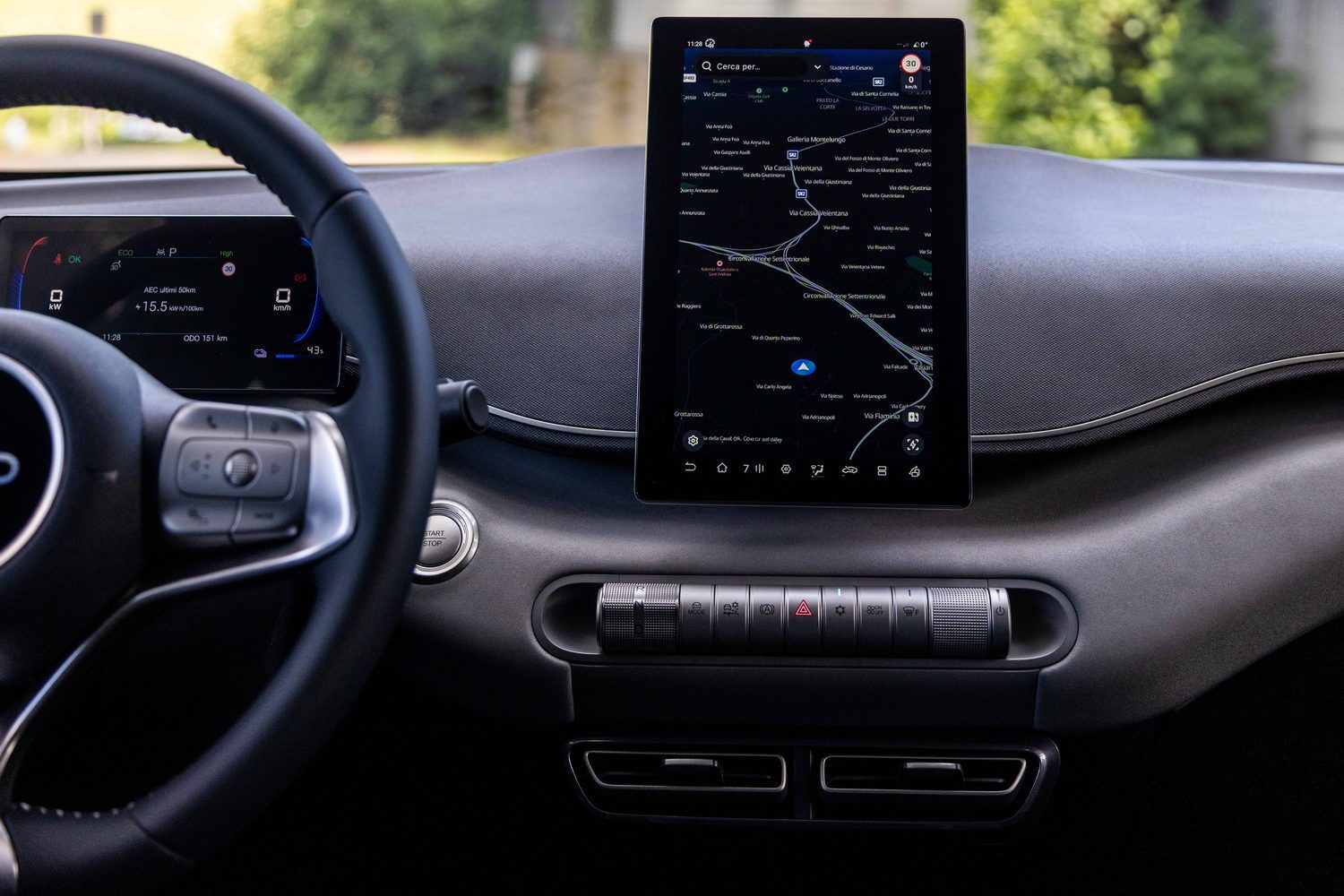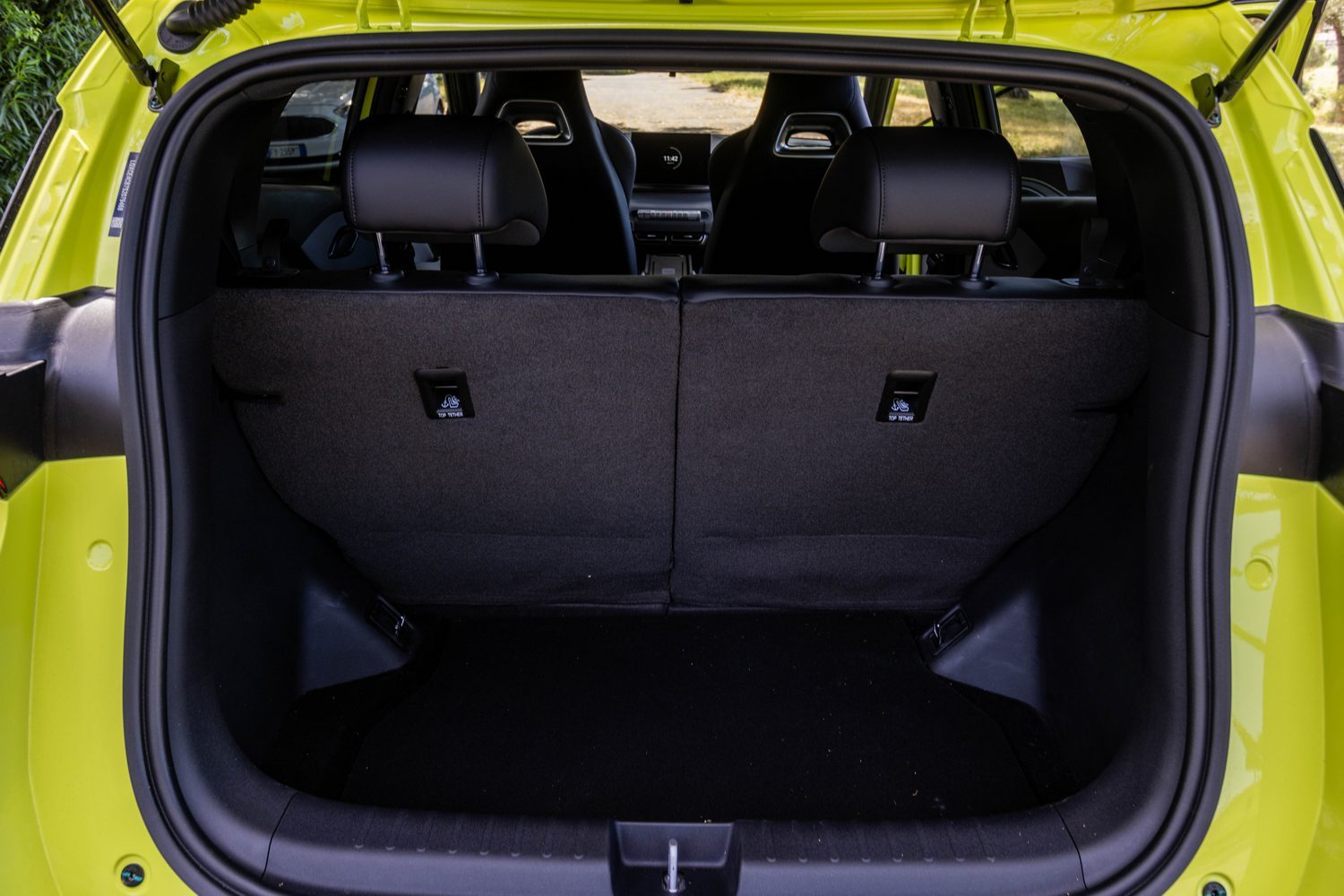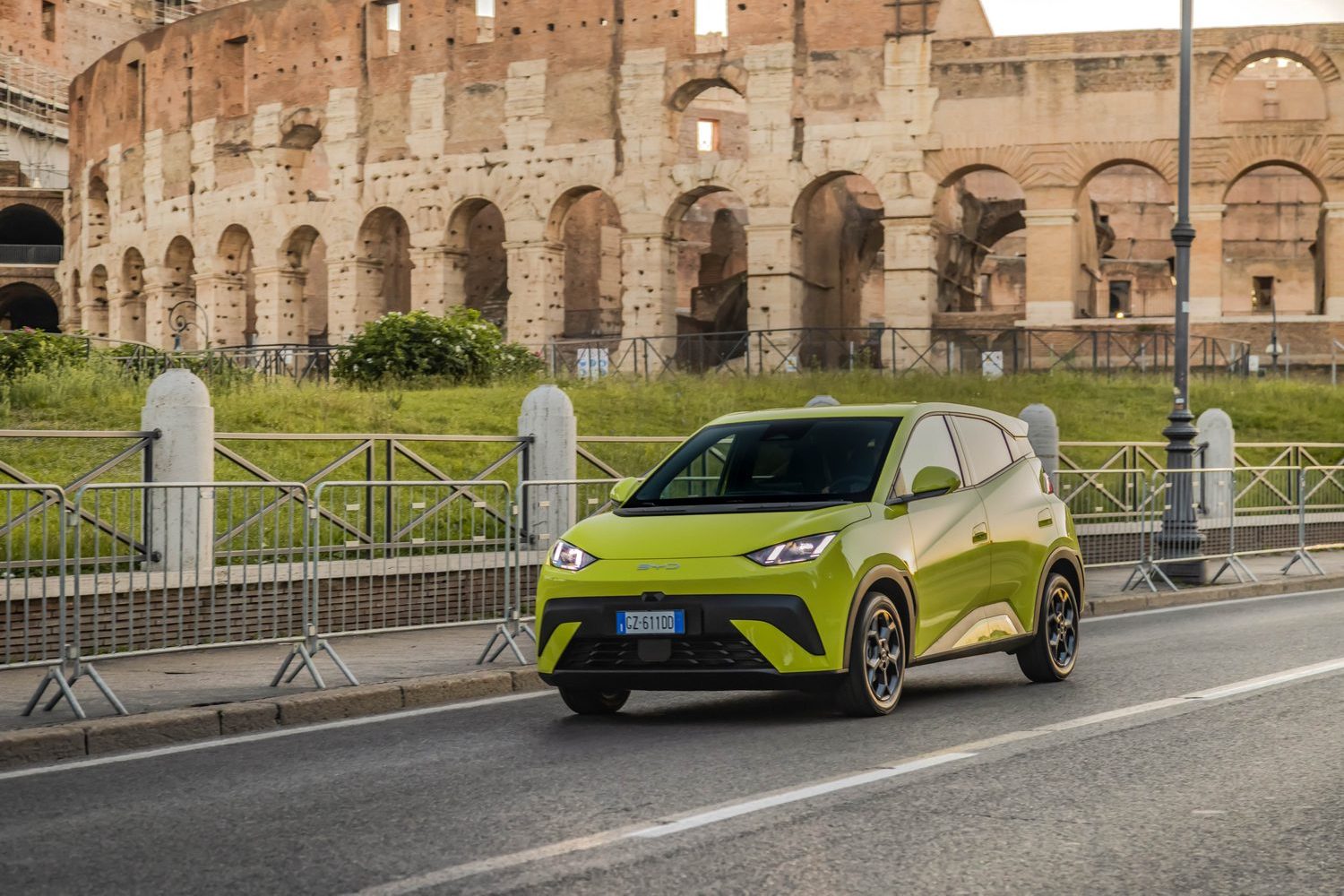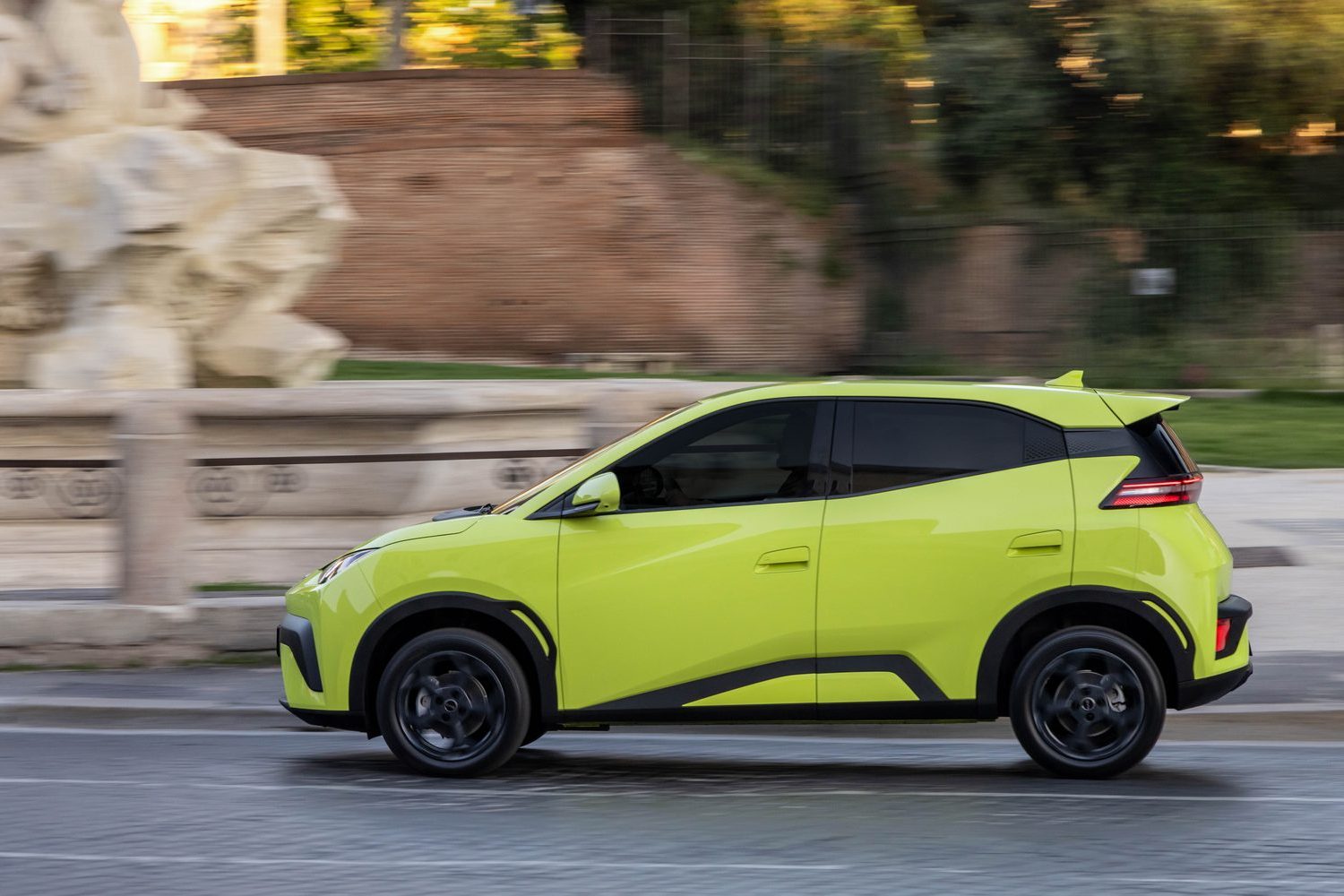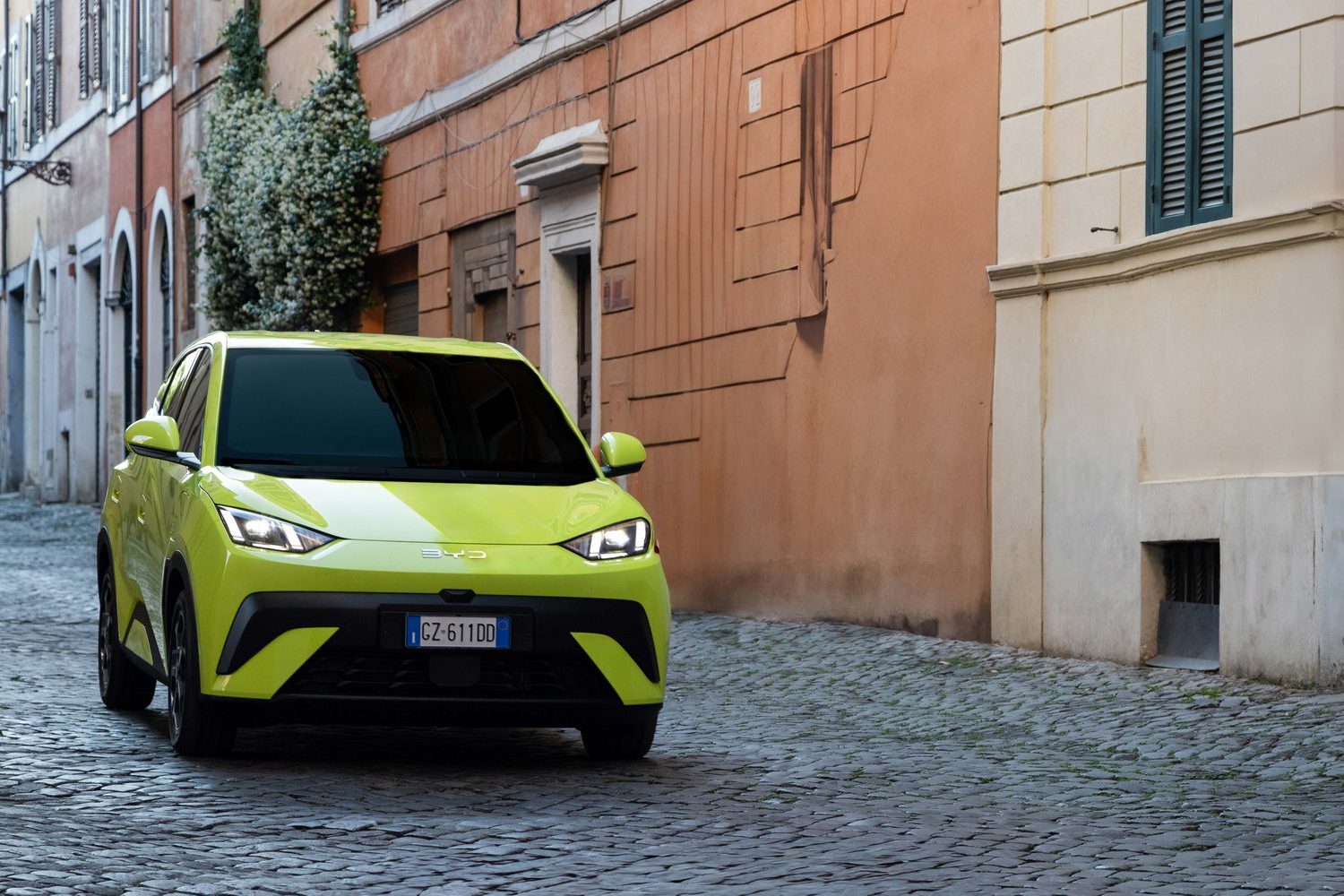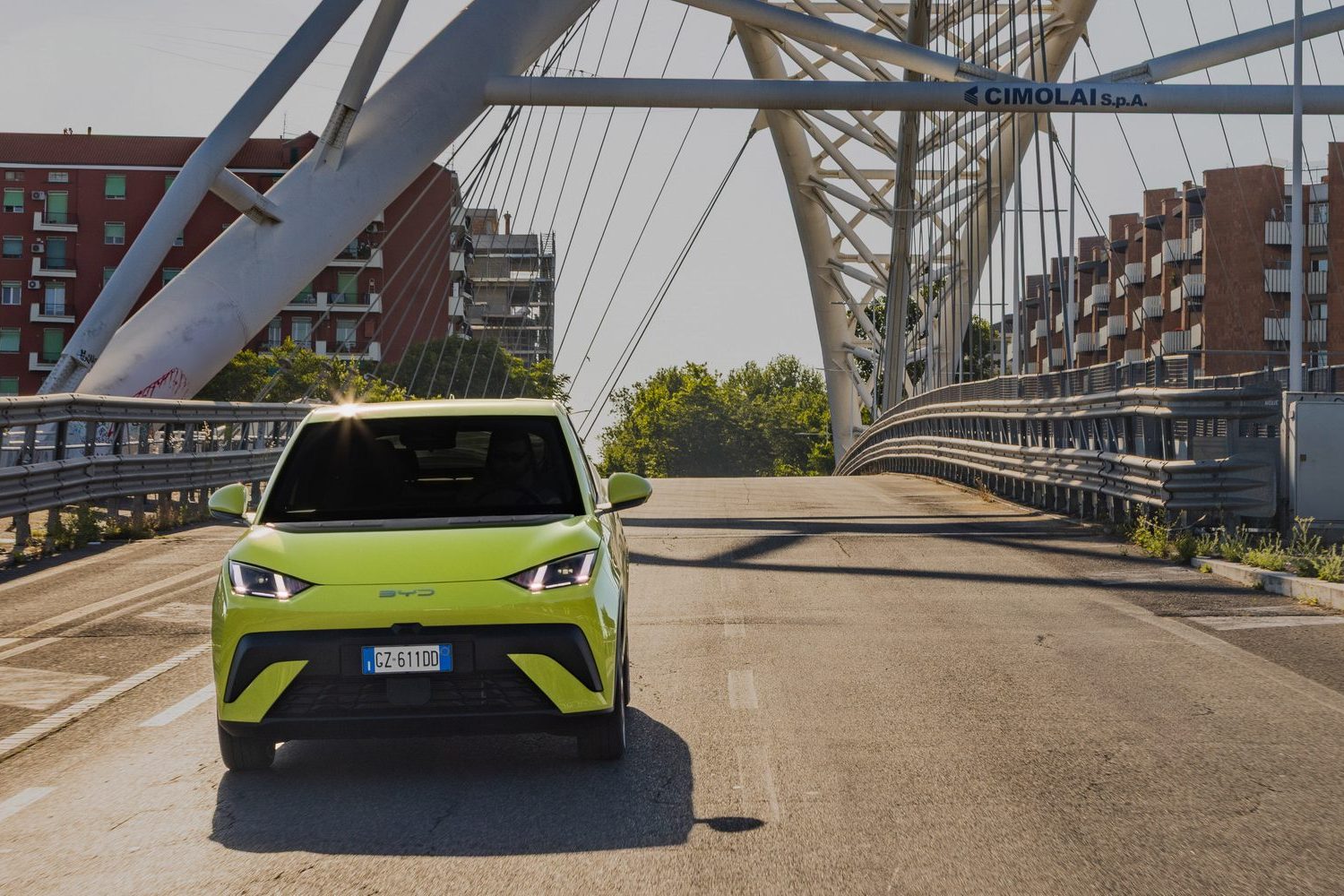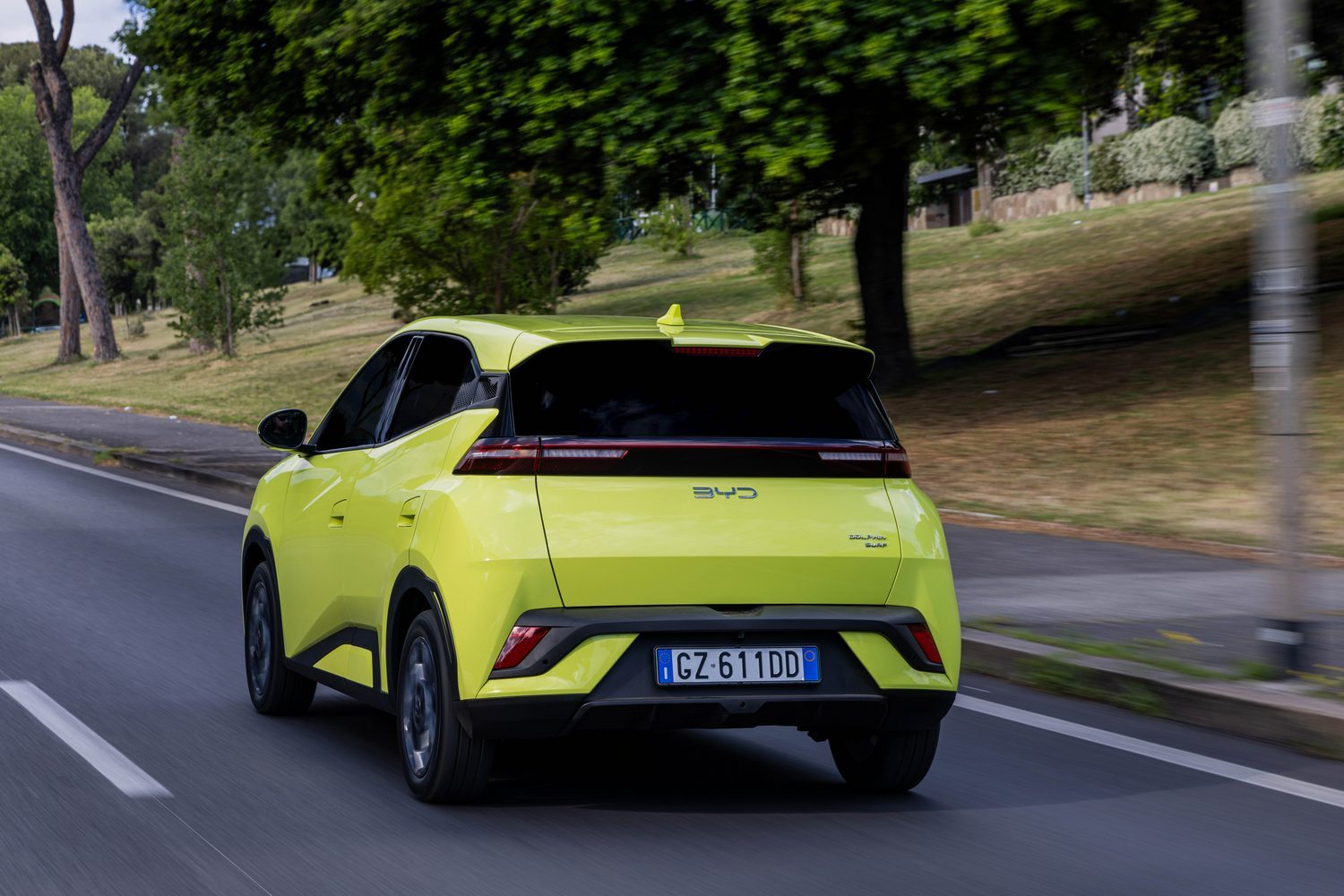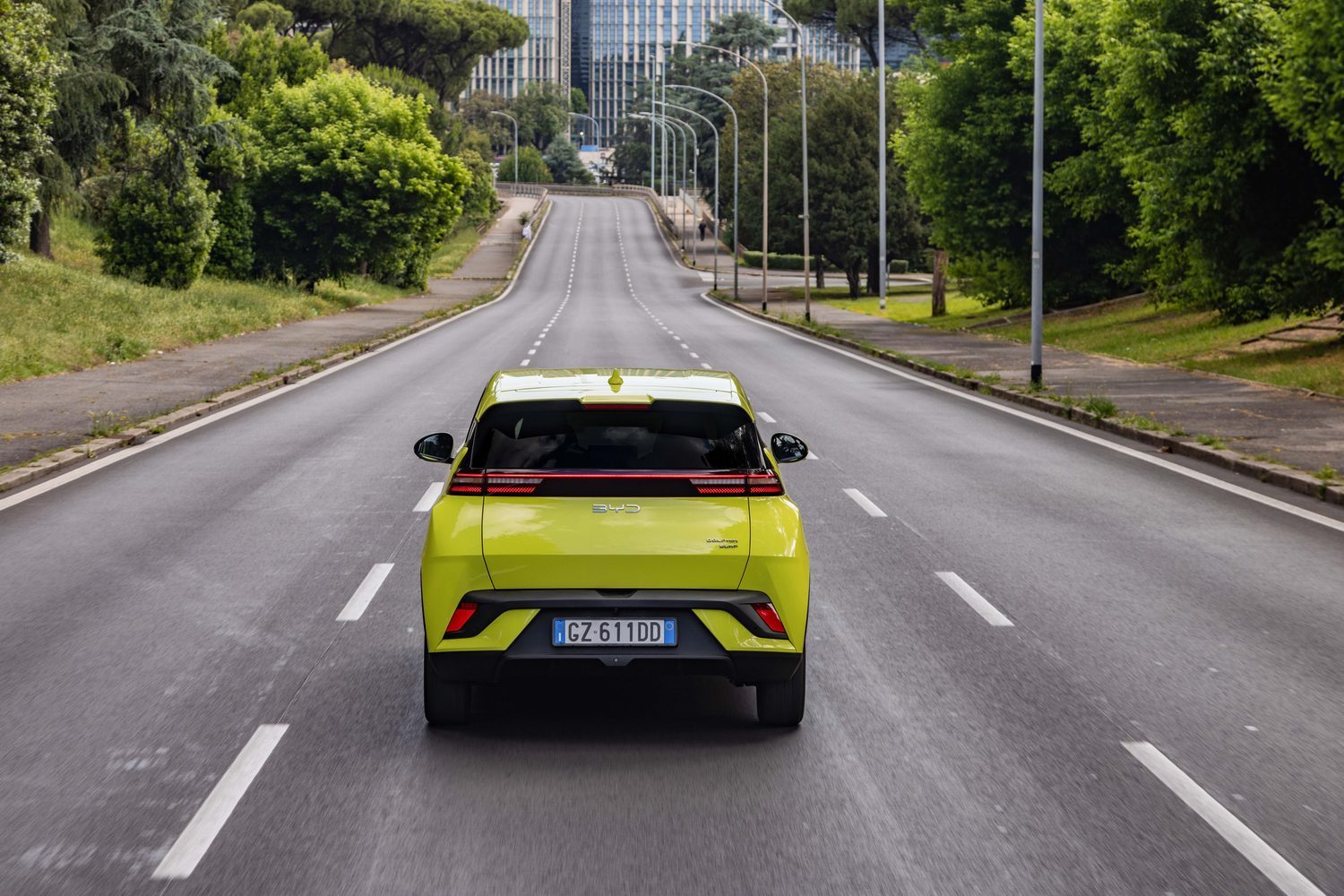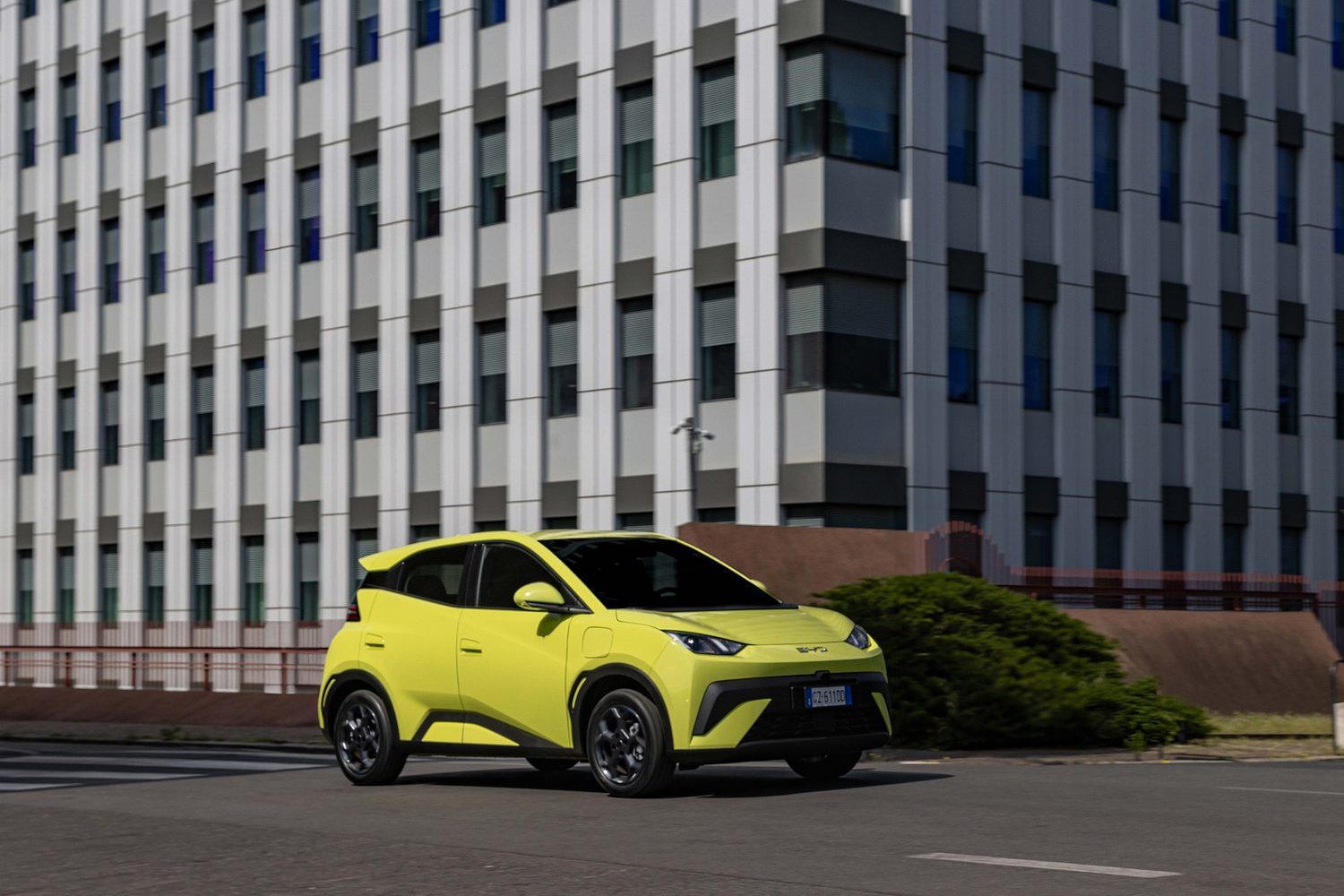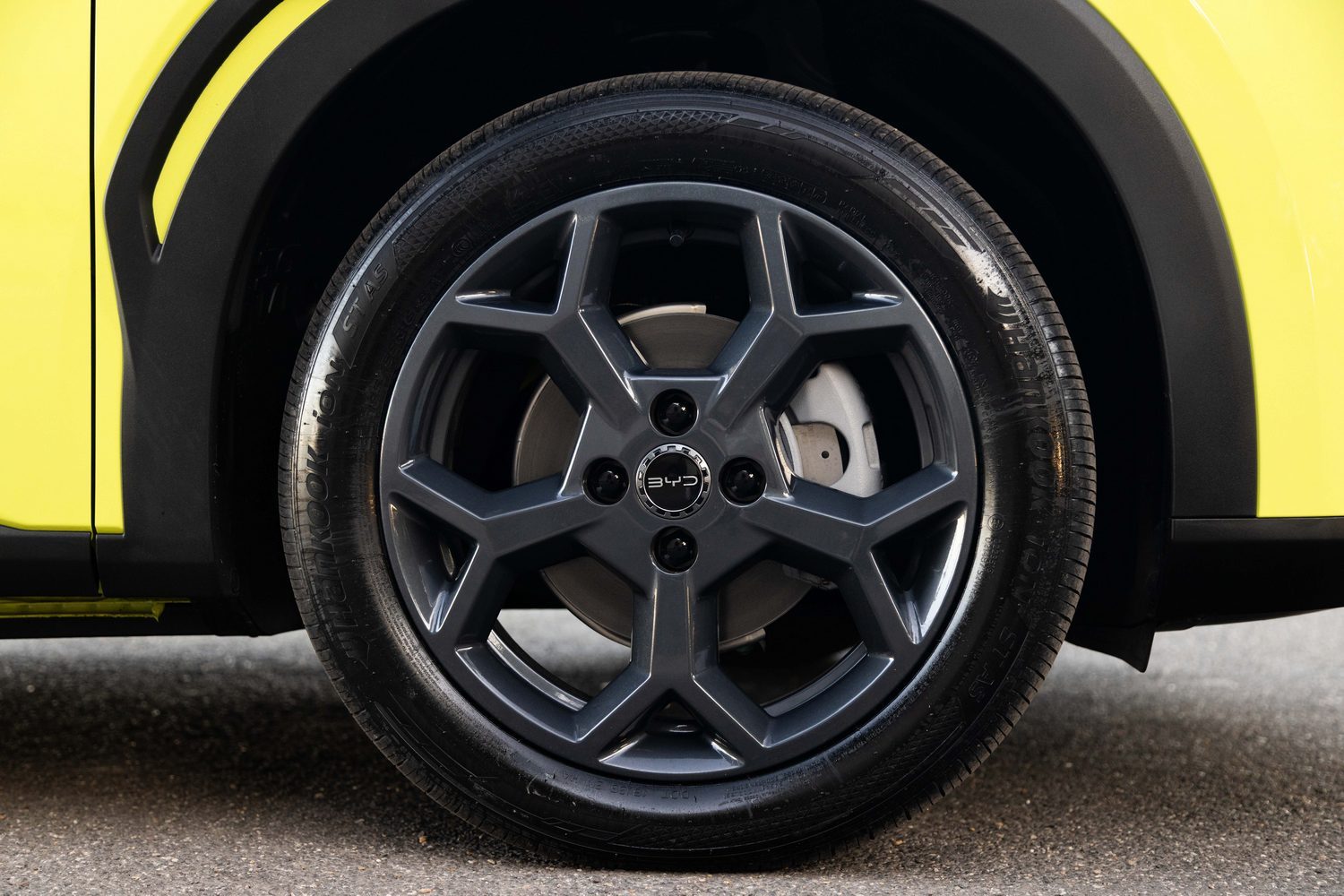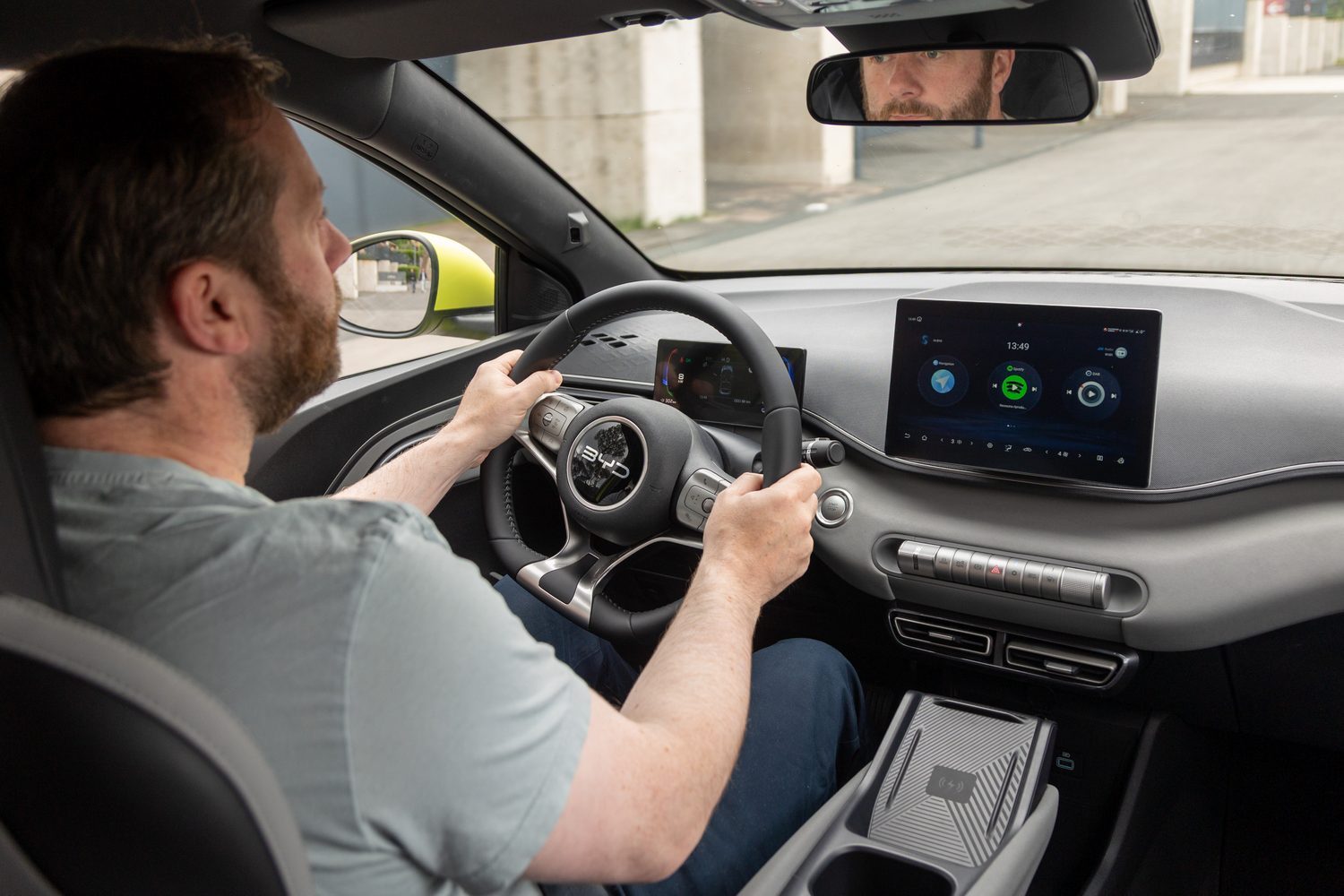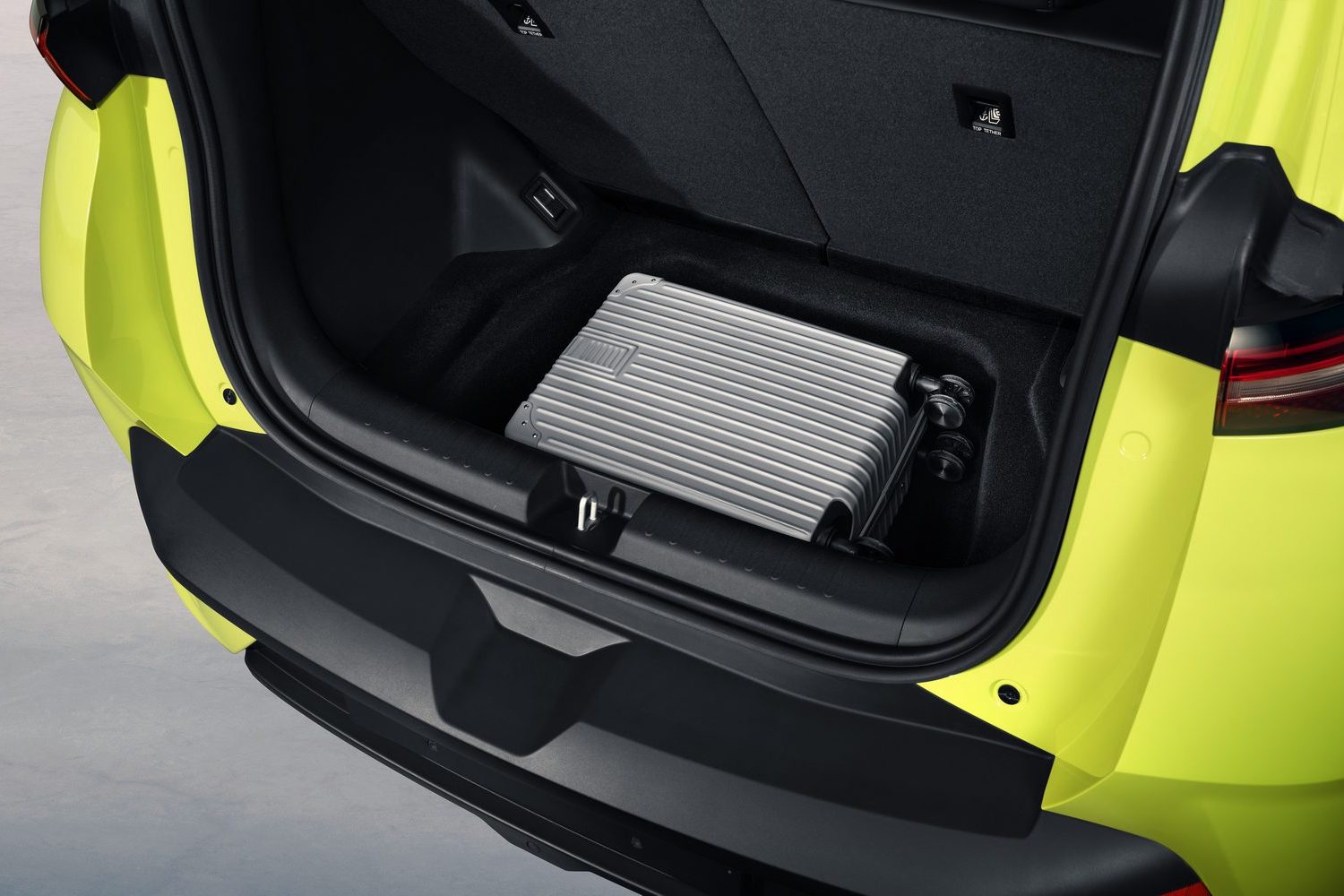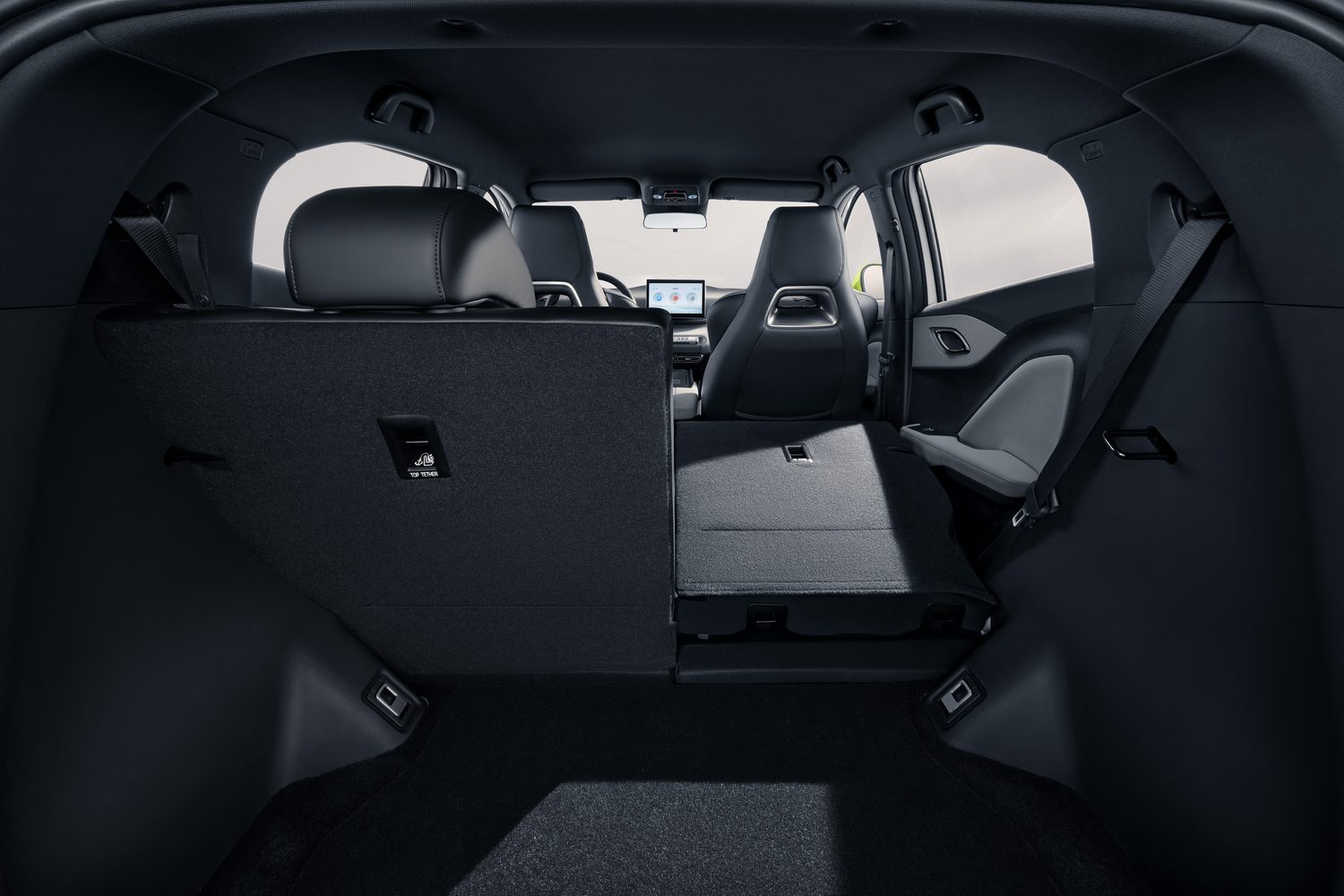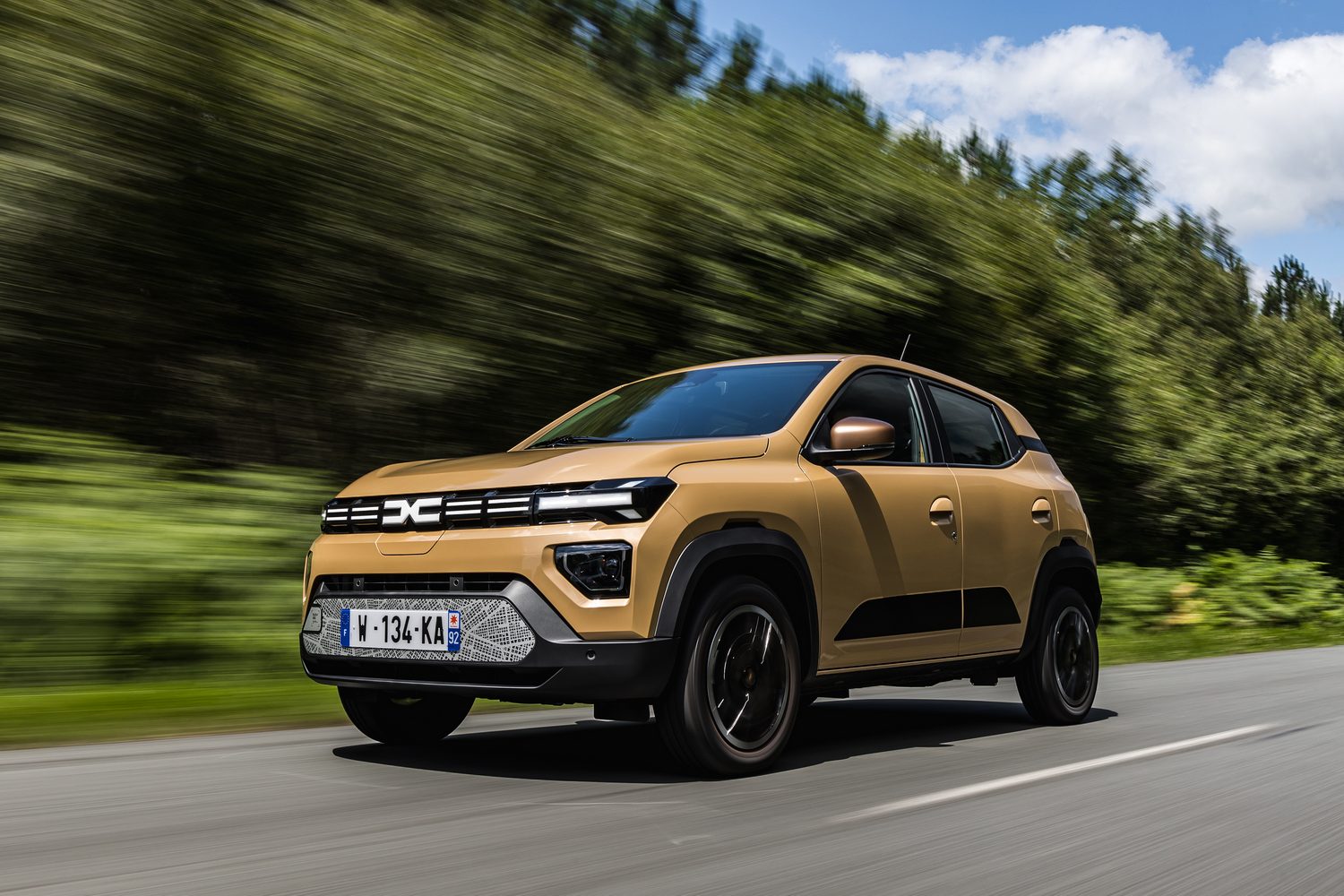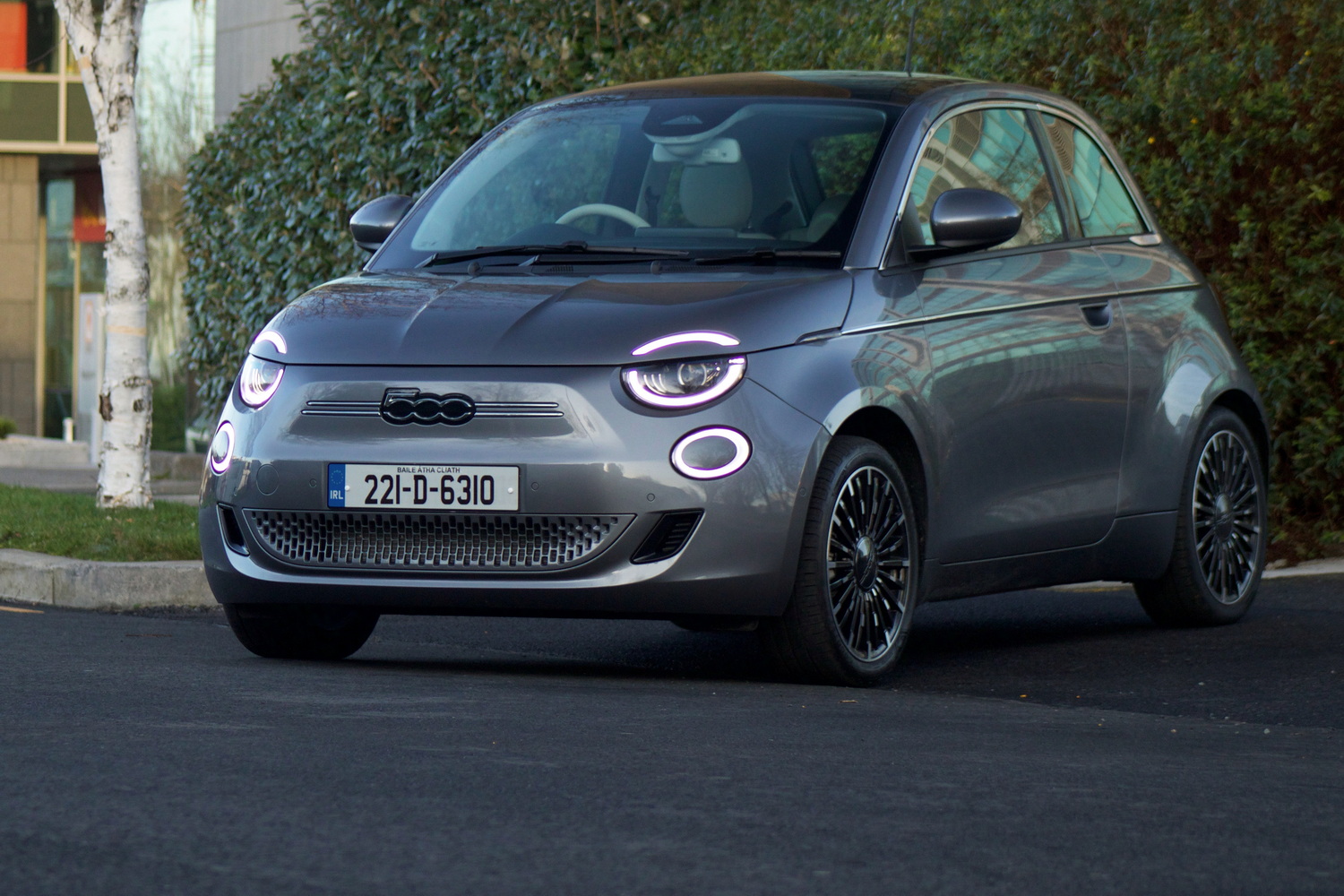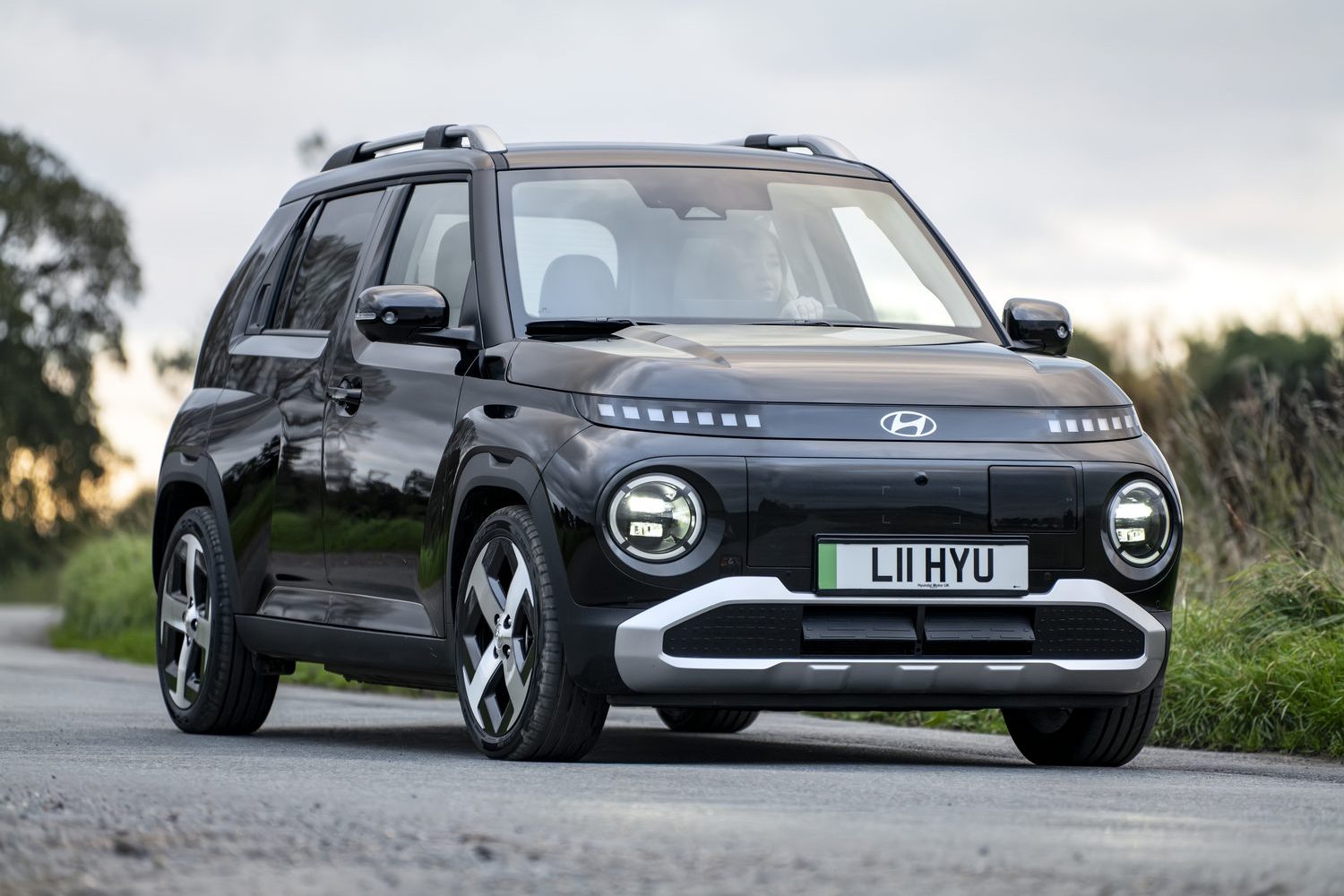Introduction to the 2025 BYD Dolphin Surf
The BYD Dolphin Surf is a sub-four-metre electric hatchback straddling the divide between outright city cars such as the Dacia Spring and Toyota Aygo X and compact hatchbacks such as the Citroen e-C3 and Hyundai Inster. It's based on the Seagull that BYD sells in China for the equivalent of €6,860 - though it won't be anywhere near as cheap as that to buy.
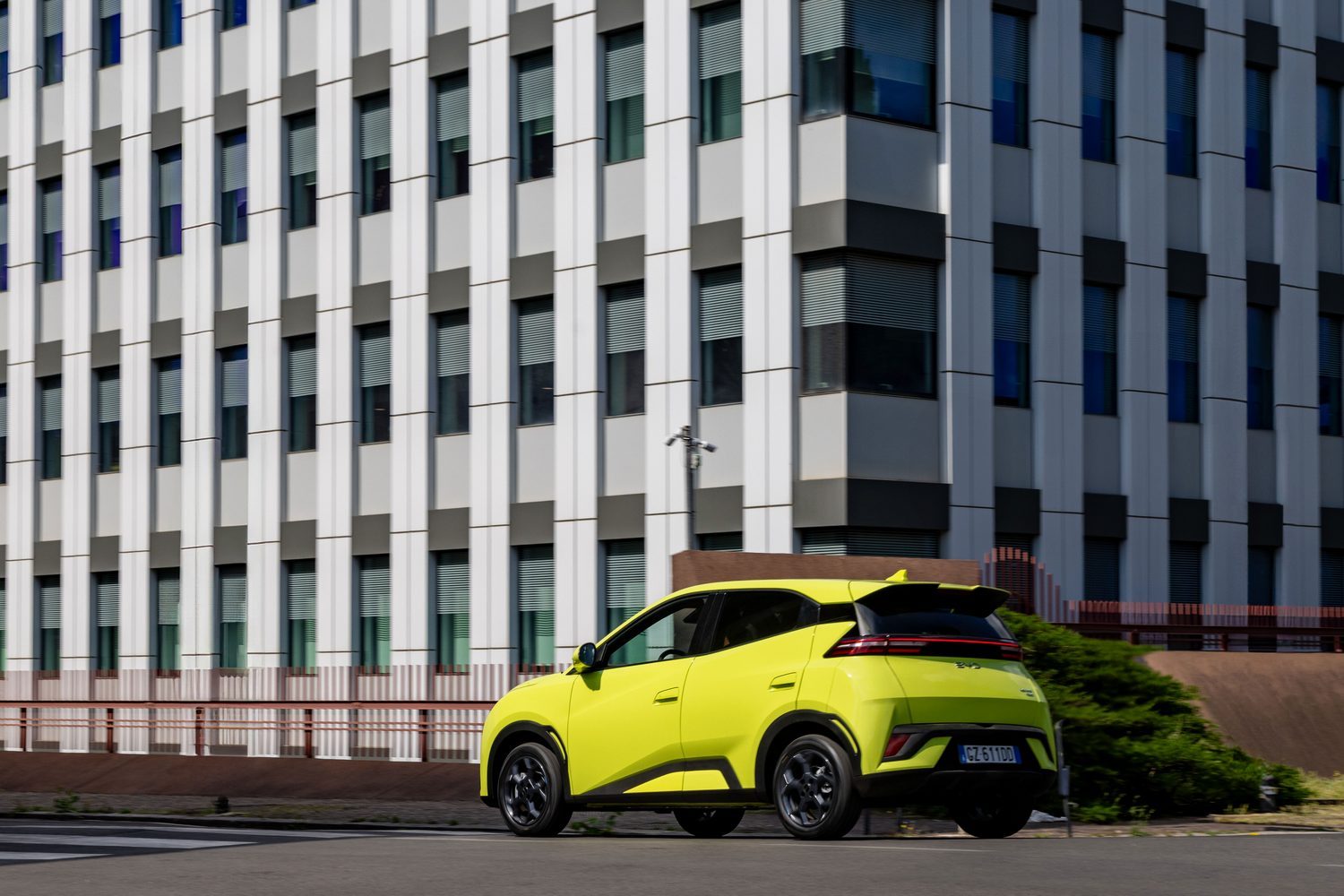
However, the Dolphin Surf isn't simply the same car rebranded and sold in Europe, as much has changed beyond the name. We travelled to Rome to drive it a few months before it arrives on Irish shores.
Pros & Cons of the 2025 BYD Dolphin Surf
Pros: Well equipped, practical range, decent to drive
Cons: Interior feels cheap in places
Exterior & Design of the 2025 BYD Dolphin Surf
• Angular, modern design
• Wheels of 15- or 16-inch diameter
• Only four paint colours
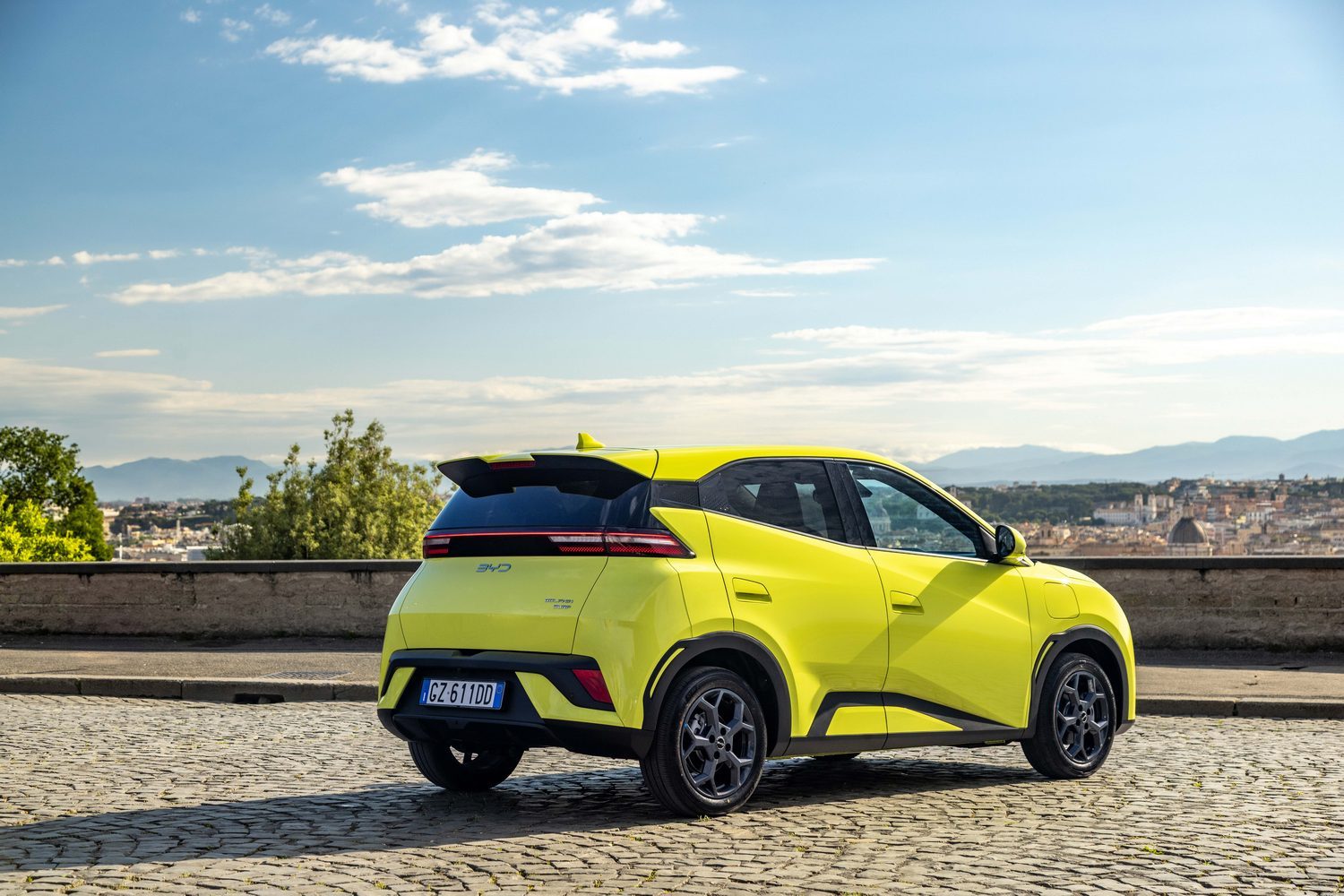
As mentioned above, this European version of the Dolphin Surf differs from the BYD Seagull that's sold in China, and the changes are significant. The Dolphin Surf is 210mm longer overall, mainly due to a different bonnet and front bumper design. The body panels have also been altered, resulting in a 5mm increase in overall width and 50mm height gain.
Other minor alterations include the fitment of dual windscreen wipers instead of a single item, different black plastic trim panels on the lower sections of the doors, an updated rear bumper, larger roof spoiler and a boot floor that is lower to increase luggage capacity.
There are four exterior colour options for the Dolphin Surf, and Lime Green is the standard colour across all three trim levels. Polar Night Black, Apricity White and Ice Blue are optionally available at an additional cost.
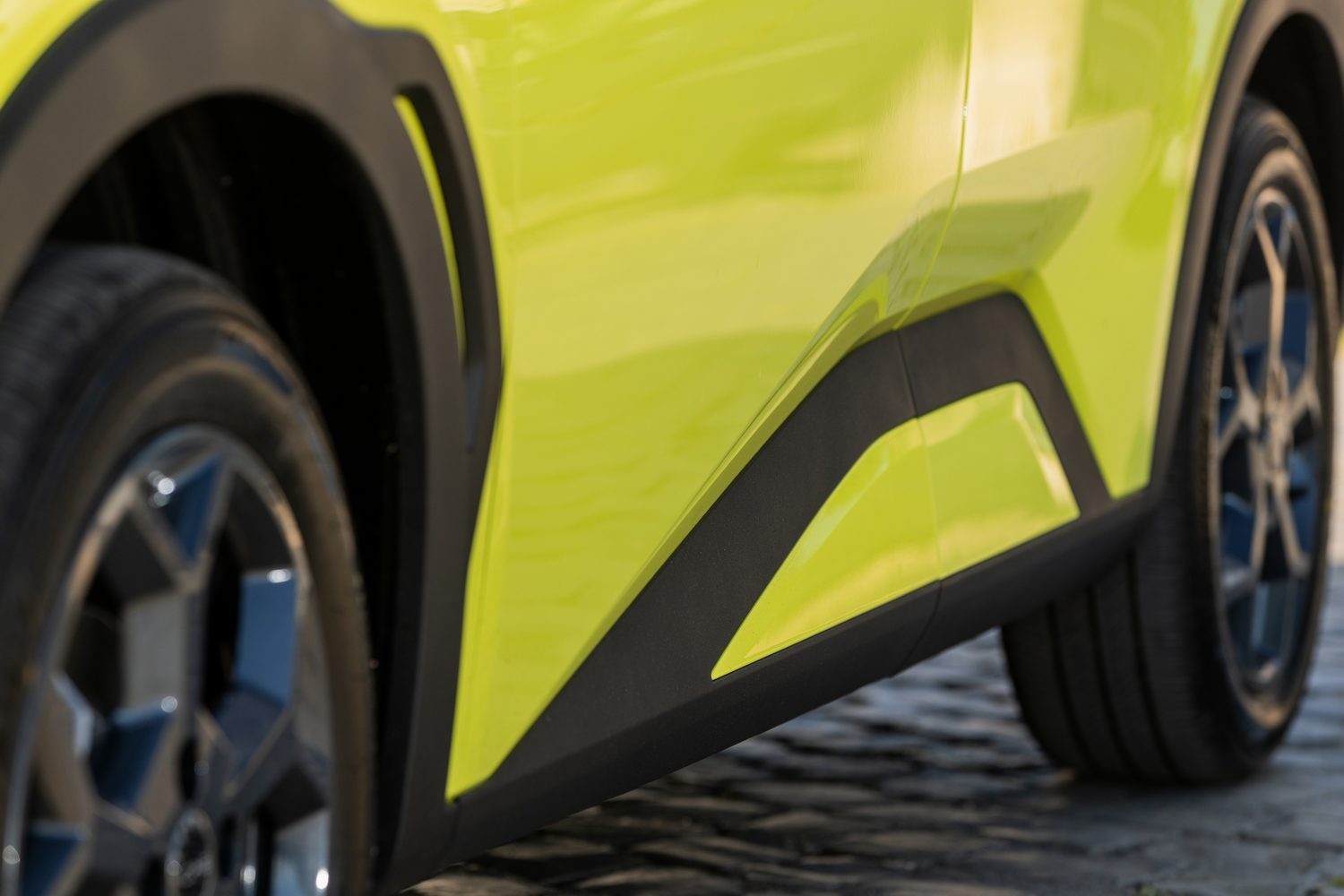
For reference, the key exterior dimensions for the BYD Dolphin Surf are:
Length: 3,990mm
Width: 1,970mm (including mirrors)
Height: 1,590mm
Wheelbase: 2,500mm
Interior, Practicality, Tech & Safety of the 2025 BYD Dolphin Surf
• Big 308-litre boot
• 10.1-inch touchscreen as standard
• Three ISOFIX points
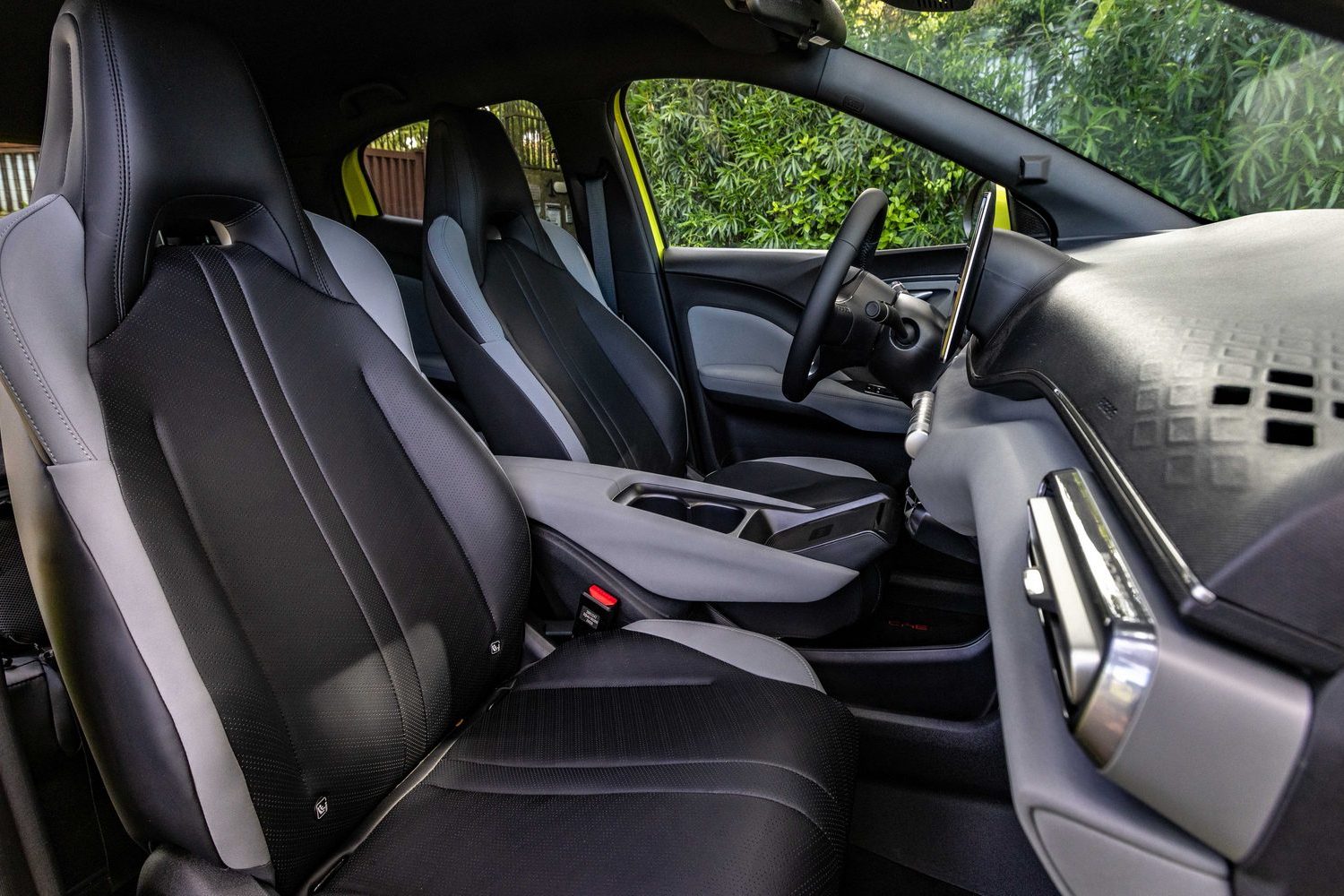
The relatively tall height makes getting in and out of the Dolphin Surf quite easy and once inside there's plenty of adjustment both in the driver's seat and steering wheel. The multifunction wheel has a flat bottom and features easy-to-use physical buttons and scrollers. Ahead of that is a seven-inch digital instrument display that packs all of the relevant information into its sensible layout.
Bringing the Dolphin Surf to Europe also meant adding more driver assistance and safety systems, including a driver-monitoring camera that's mounted on the A-pillar. This system will sound an alert if it detects the driver not paying attention to the road. All versions also include front, side and curtain airbags, while parking sensors and a reversing camera are also standard. The Comfort spec gets an upgraded, 360-degree camera system.

All versions of the Dolphin Surf get a 10.1-inch rotating central touchscreen. BYD has made improvements to its native infotainment system of late, though seeking out specific functions or settings can still require you to dive a few levels deep in the menu system.
We do like that Google Maps is integrated into the navigation and that can help when seeking out charging stations too. Just as welcome is wireless Apple CarPlay and Android Auto. There's a handy 15-watt wireless charging pad in quite a prominent position on the centre console between the front seats, aft of which is a pair of cupholders.
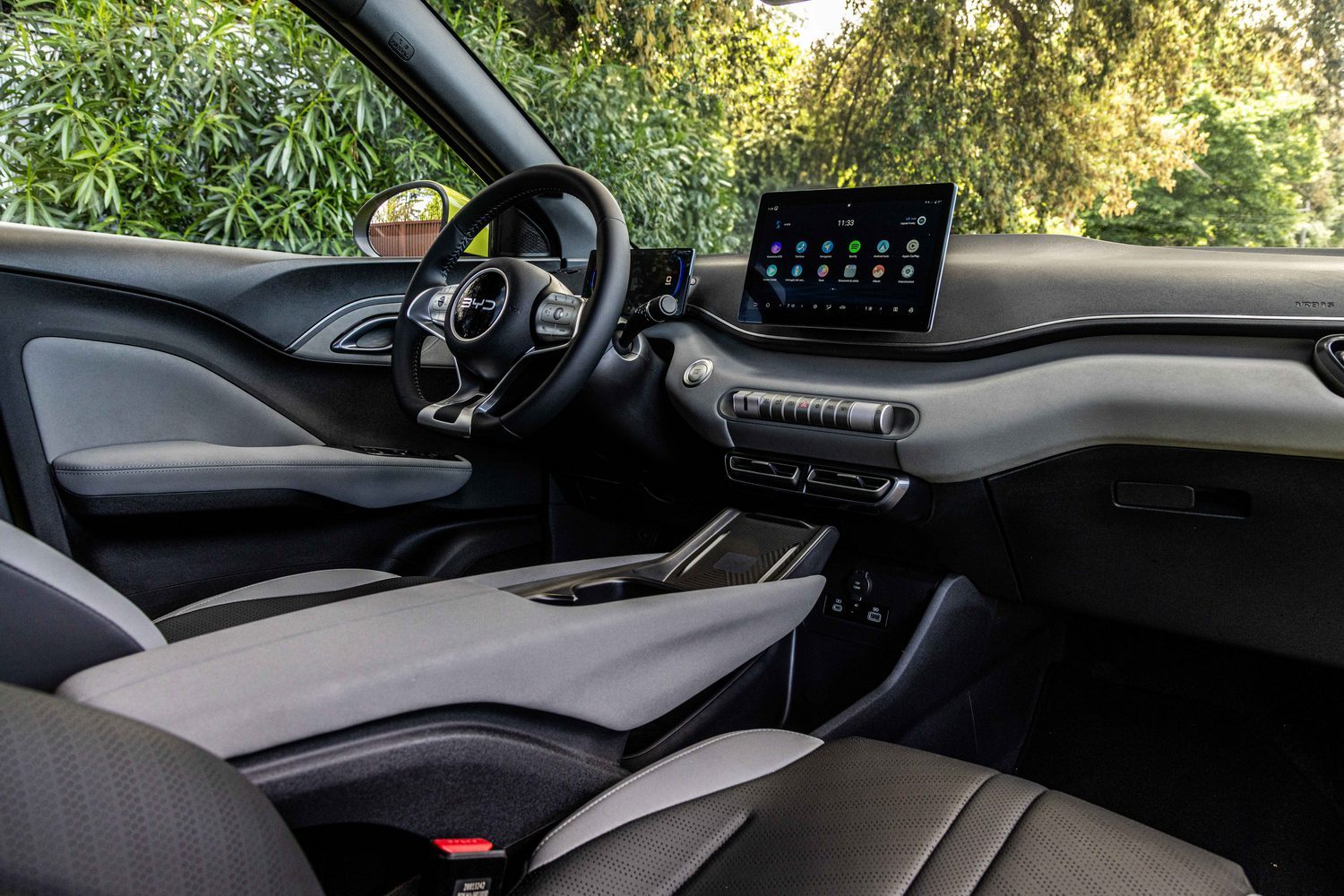
Below the touchscreen is what looks like a tube of buttons. The rounded items include a knurled drive selector on the left, various controls for drive modes, clearing windows, hazard lights and air conditioning, though the actual ventilation and temperature settings are done via the base of the touchscreen.
This section of switches could be improved upon so they're easier to use without having to glance away from the road while driving; it's easy to accidentally activate the hazard lights when trying to turn on the air conditioning, for example.
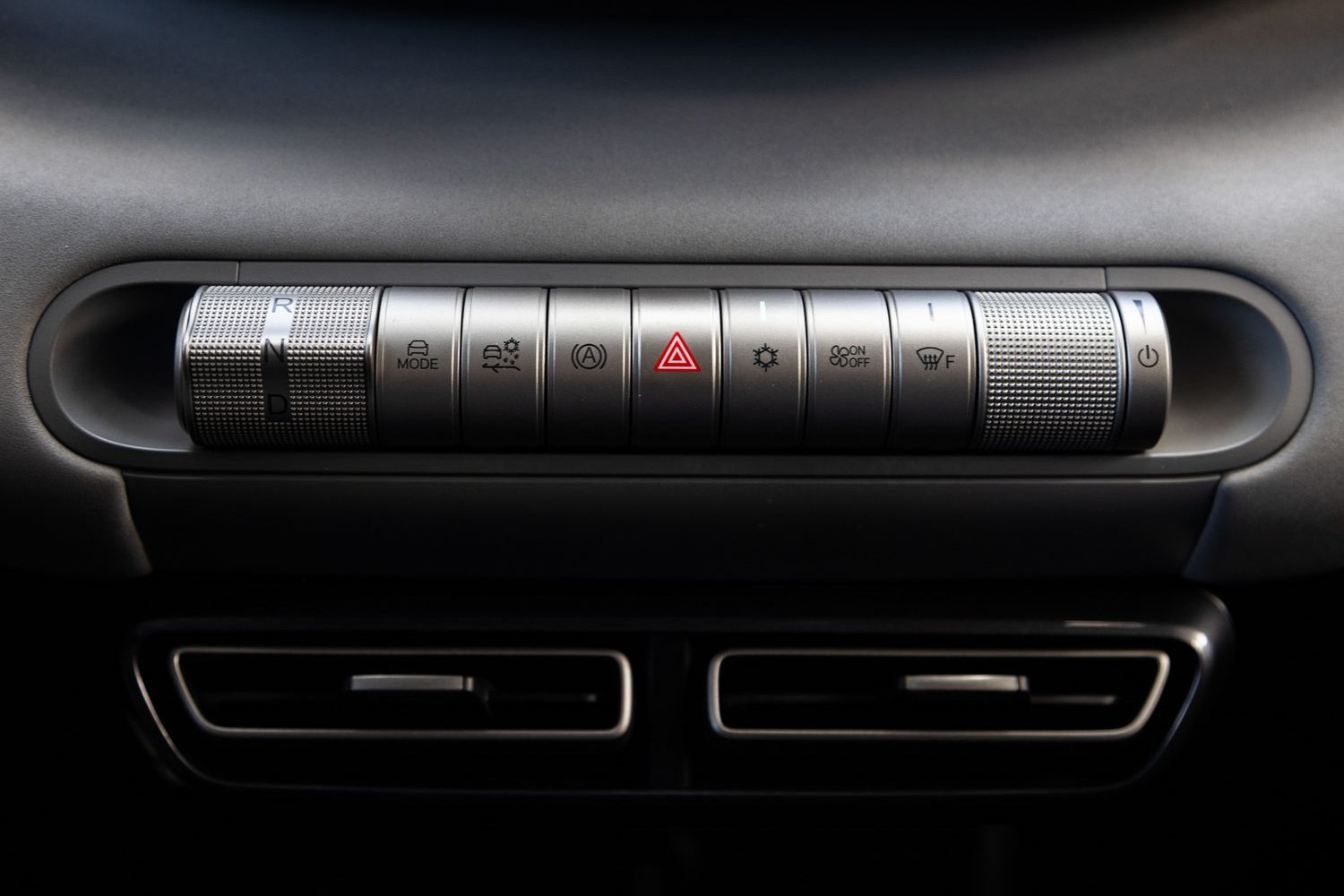
The driver's seat is reasonably comfortable with enough support in all the right places. It's good to see that all versions get an ISOFIX point in the front passenger seat as well as in both rear seats. Access to the back seats to helped with doors that open reasonably wide, and adults of average height will find both legroom and headroom to be more than adequate.
That sense of space is helped by BYD only installing two seats in the rear, though other practical elements such as rear air vents and USB charging ports are omitted. Still, you do get pockets in the backs of both front seats, roof-mounted handles and coat hooks on the B-pillars.
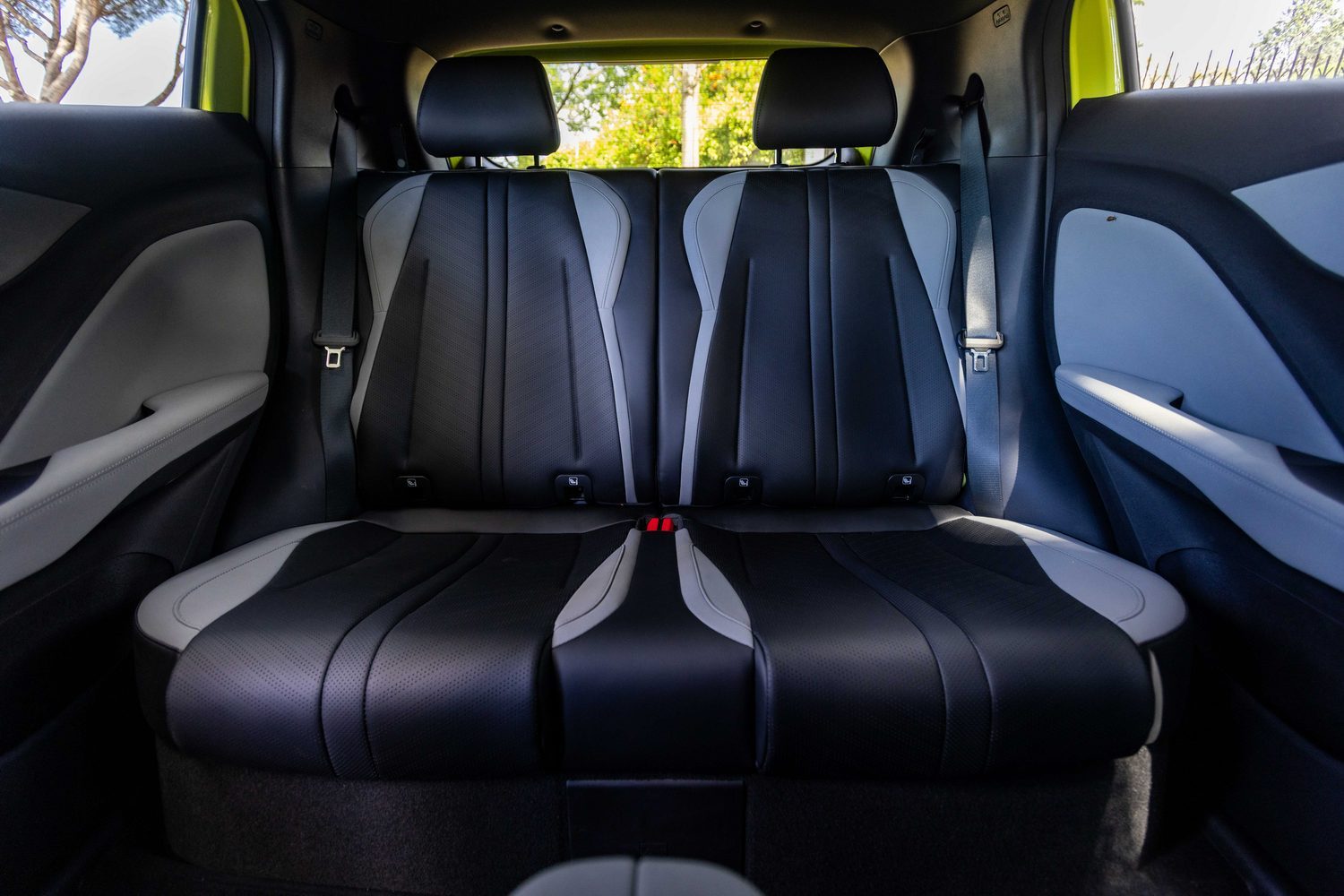
Boot space is generous for the segment, with 308 litres available normally and up to 1,037 litres if you fold both of the rear seats down.
Performance of the 2025 BYD Dolphin Surf
• Good ride quality
• Easy to drive and manoeuvre
• Supports V2L
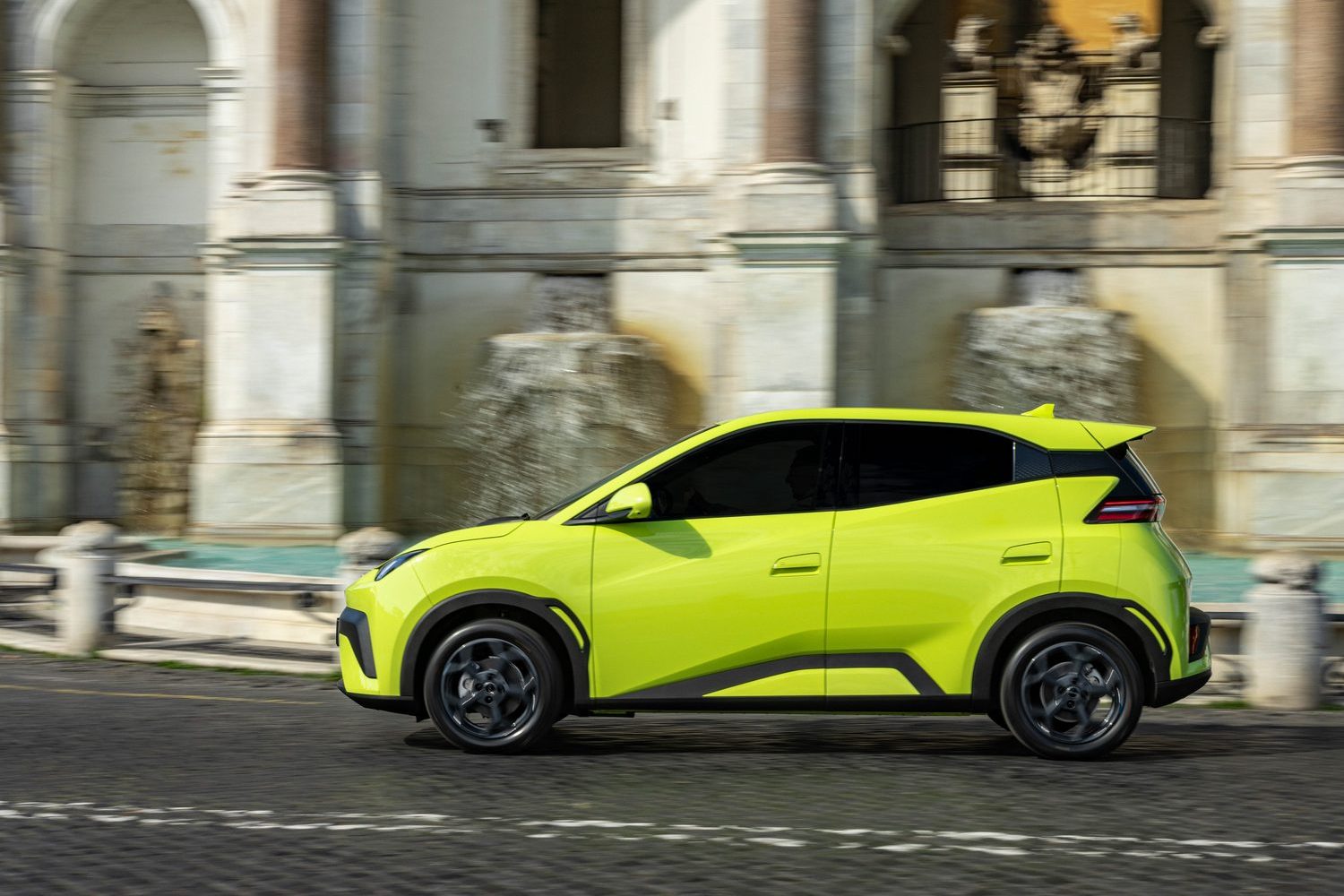
It shouldn't be all that surprising to read that the BYD Dolphin Surf feels most at home darting around city streets. After all, this is where it's designed to do its best work, and the combination of light steering, a reasonable turning circle and good outward visibility makes it an easy car to position and navigate through congested traffic.
The 156hp electric motor might not be all that powerful by EV standards, but in a car of this size and weight (1,390kg as tested), it's relatively easy to induce a bit of wheelspin when accelerating away from a set of traffic lights or out of a corner. Our test car was shod with decent Hankook tyres, but these could still be easily, if only briefly, overpowered.
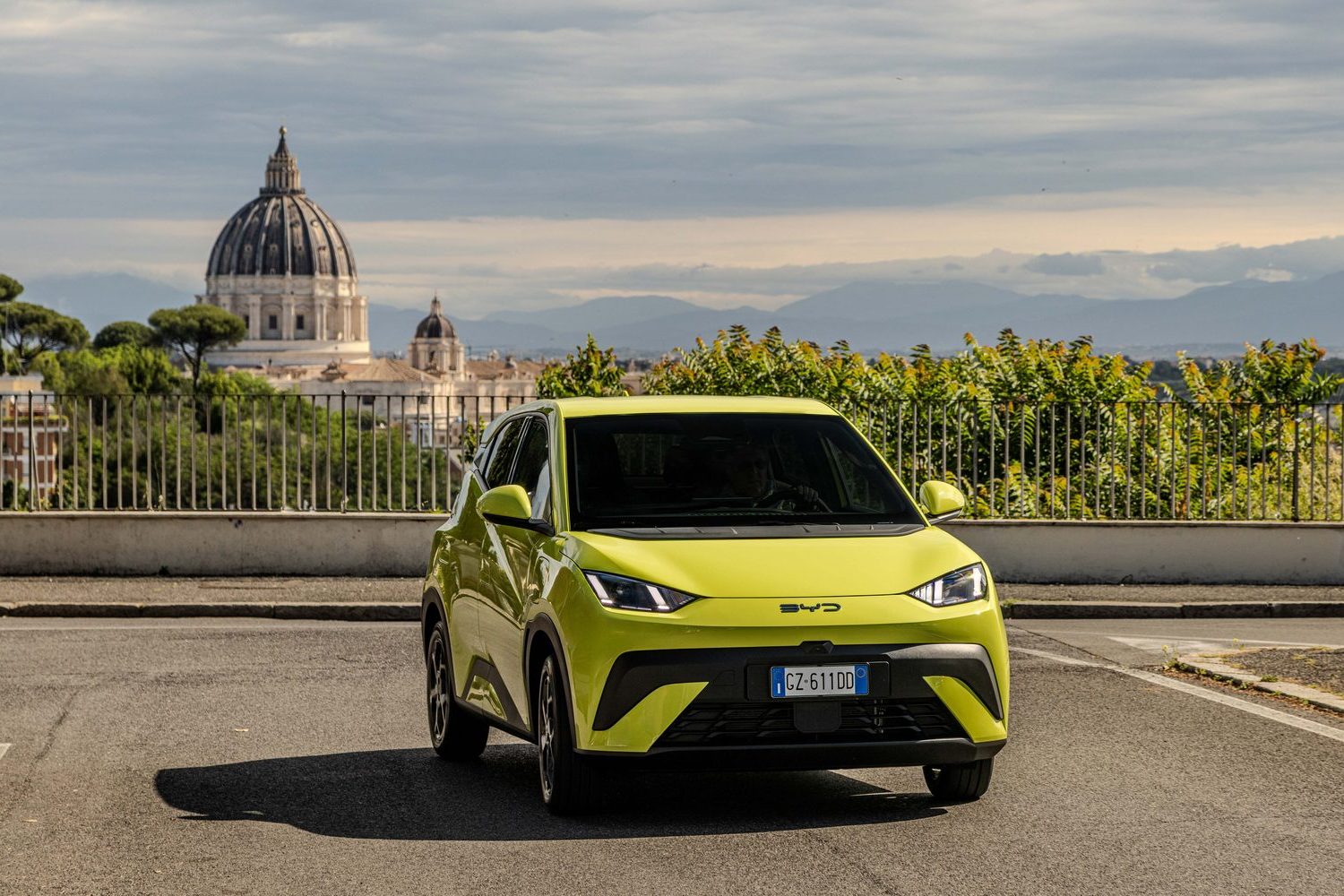
Not that handling is an issue, as the BYD feels solidly planted on the road and the suspension setup is close to what we've already experienced in the excellent Hyundai Inster. The usual city lumps, bumps, potholes and speed humps and absorbed well and dispatched with ease. The damping quality is also good - how the car deals with the bumps after the initial impact - which gives the BYD more of a big car feel.
Our time with the car was limited to the confines of the city of Rome, so we didn't get the opportunity to see how it performs at motorway speeds, though buyers of such a car are more likely to remain in urban settings. The motor of the Comfort model has more than enough performance, and while we didn't get to drive the lower-powered version, we suspect it would still deliver ample performance for most owners.
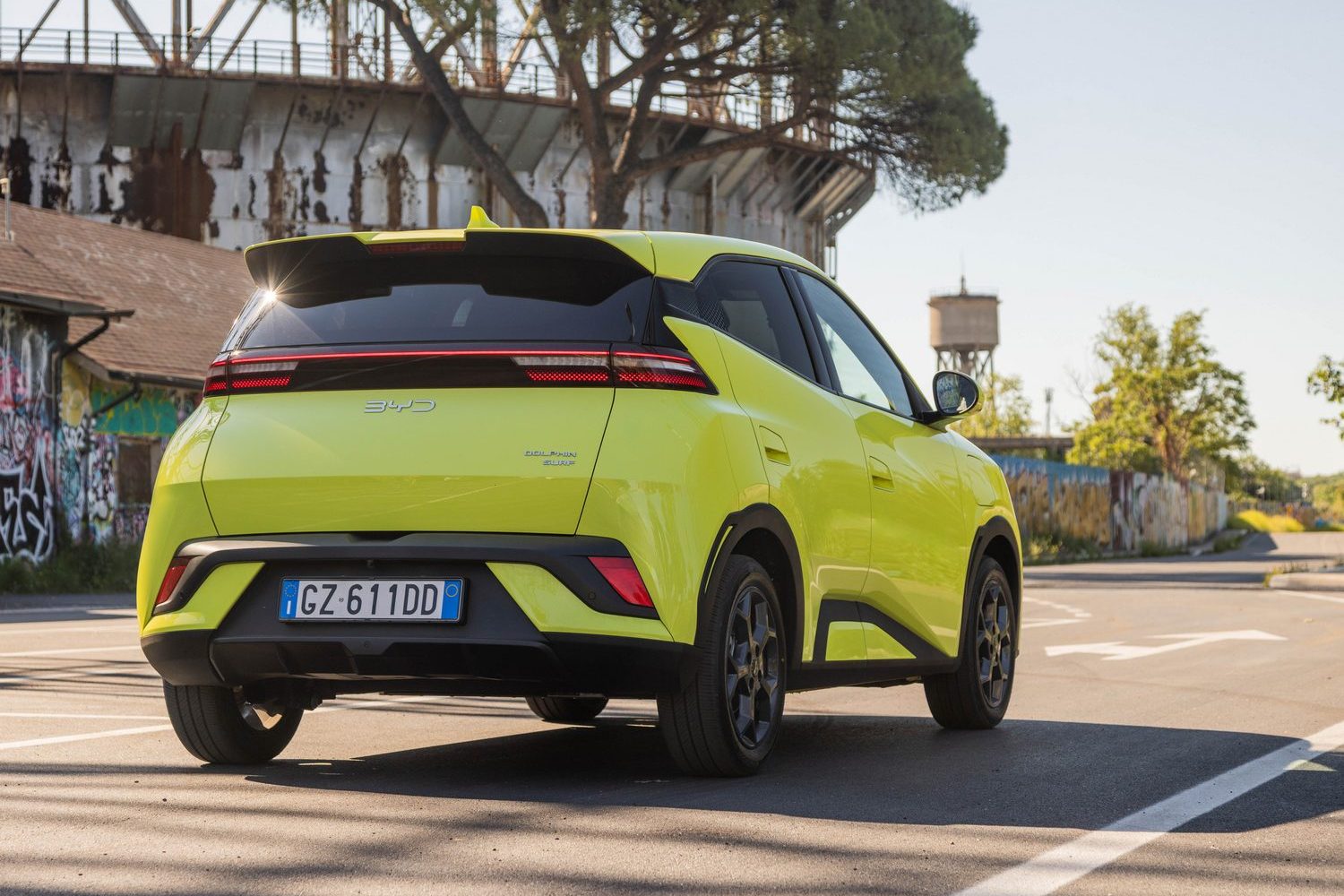
Acceleration from 0-50km/h is brisk enough and the official 0-100km/h time is 9.1 seconds for this 115kW version. Braking performance is fine, though we found the pedal to have a bit of a dead spot right at the top of its travel. Nothing that would be a concern, just not as polished a feel as some other electric cars.
The many driver assistance systems work well but can be overly sensitive at times, so some drivers may choose to deactivate them. Doing so isn't as easy as in some of BYD's competitors, as you'll need to delve into the menu system to adjust the settings and, thanks to the regulations, you'll need to do this at the start of every journey.
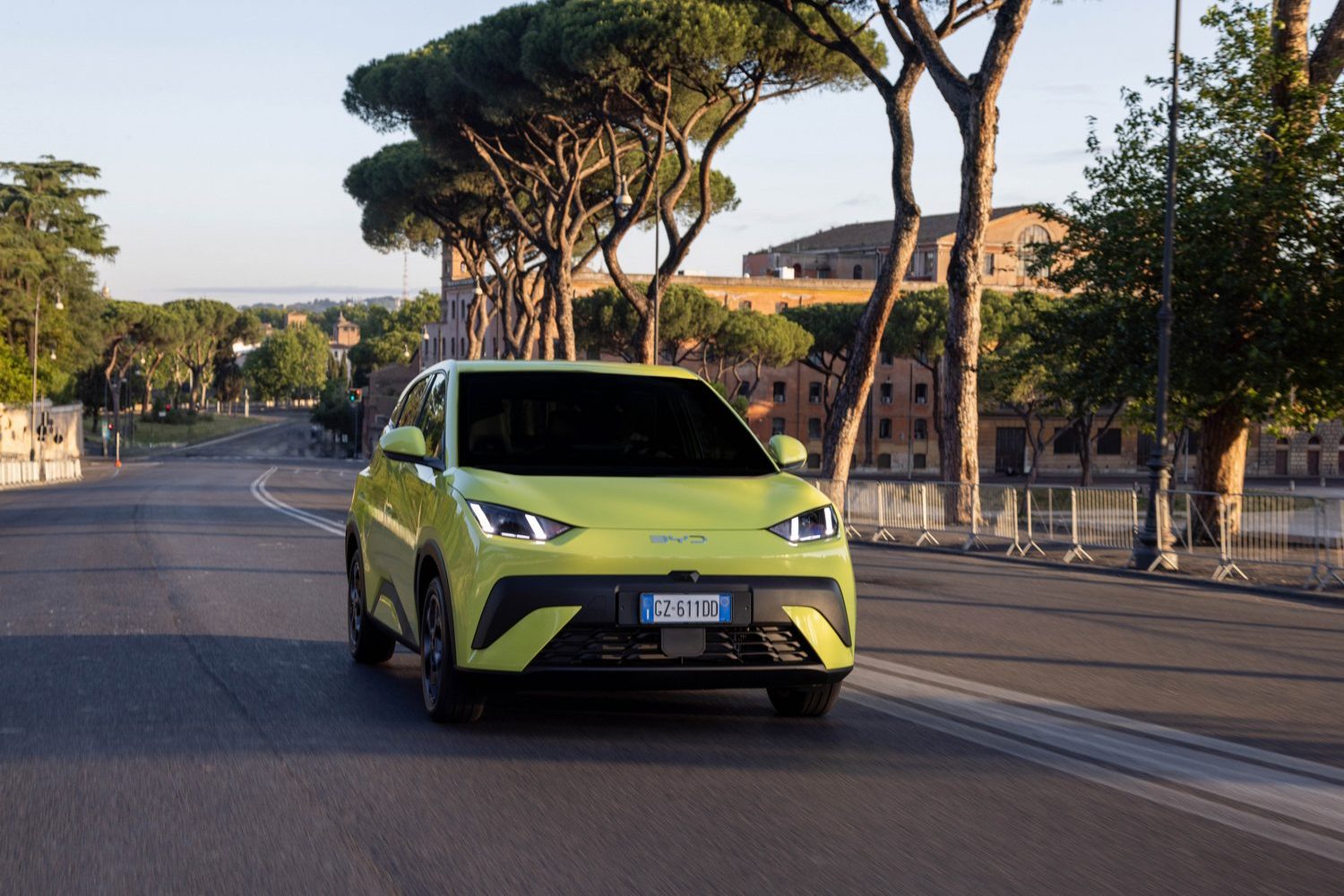
The built-in voice assistant is quite good at understanding requests first time out, and the overall connected experience is decent enough.
Along with respectable charging speeds (see below), the Dolphin Surf can support V2L (Vehicle-to-Load) at 3.3kW, enabling owners to power external devices such as lawnmowers, a laptop or any other household device through a connector that plugs into the car's charge port.
Running Costs, Range & Charging the 2025 BYD Dolphin Surf
• Small battery for low weight
• Low energy consumption
• Up to 85kW on DC
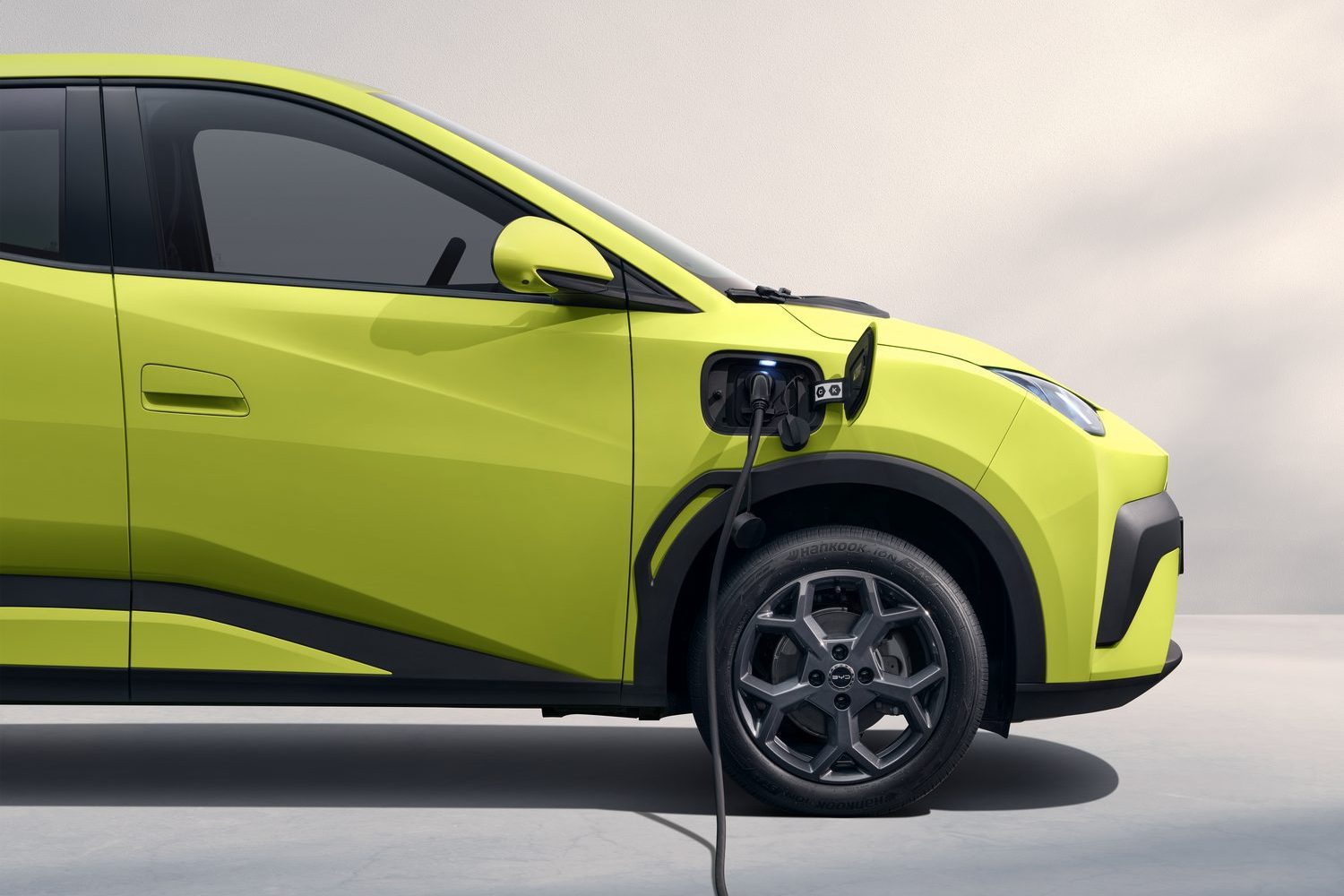
Thanks to a combination of a small battery and relatively low weight, the Dolphin Surf ought to be quite energy efficient and economical to run. The entry-grade battery is particularly small at 30kWh and with its 65kW (88hp) motor it manages a WLTP range of 220 kilometres.
Some may find that a little too restrictive, so opting for the mid-level Boost model gets you the larger 43.2kWh battery combined with the same motor, giving a combined WLTP range of 322 kilometres - the longest range available in the Dolphin Surf.
The range-topping version tested here uses the same battery but pairs it with a more powerful 85kW (115hp) motor, and range isn't hugely affected, dropping down to 310 kilometres.
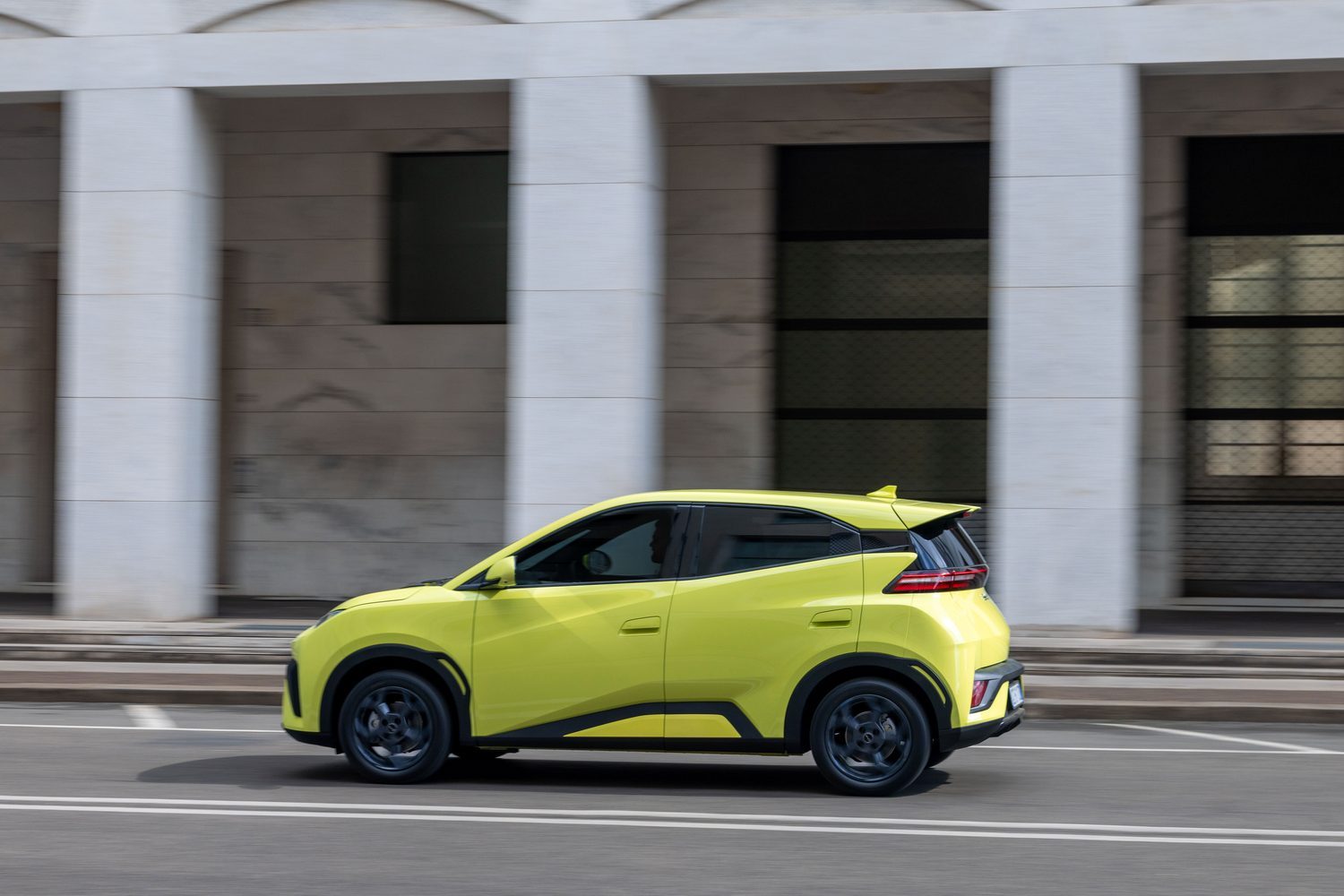
Official figures show a combined energy consumption of 16kWh/100 kilometres for this version. During our time driving the car it more or less matched that figure, using only slightly more than 16.5kWh/100km. How and where you drive the Dolphin Surf will have an impact on what sort of consumption figures you experience.
Irish Pricing & Rivals of the 2025 BYD Dolphin Surf
• Three specification grades
• Boost and Comfort get larger battery
• Impressive warranty package

Irish pricing for the BYD Dolphin Surf starts at €17,985 for the Active model, rising to €22,230 for the Boost and €24,113 for the Comfort model shown here.
There is actually a wide gamut of competitors for the Dolphin Surf due to it being offered with two battery and motor options. The Dacia Spring is a direct competitor to the entry-level BYD. However, as the Dolphin Surf advances in terms of equipment and powertrain specifications, it begins to compete with other larger vehicles in the market. These include the Citroen e-C3 and Fiat 500e.
Verdict - Should You Buy the 2025 BYD Dolphin Surf?
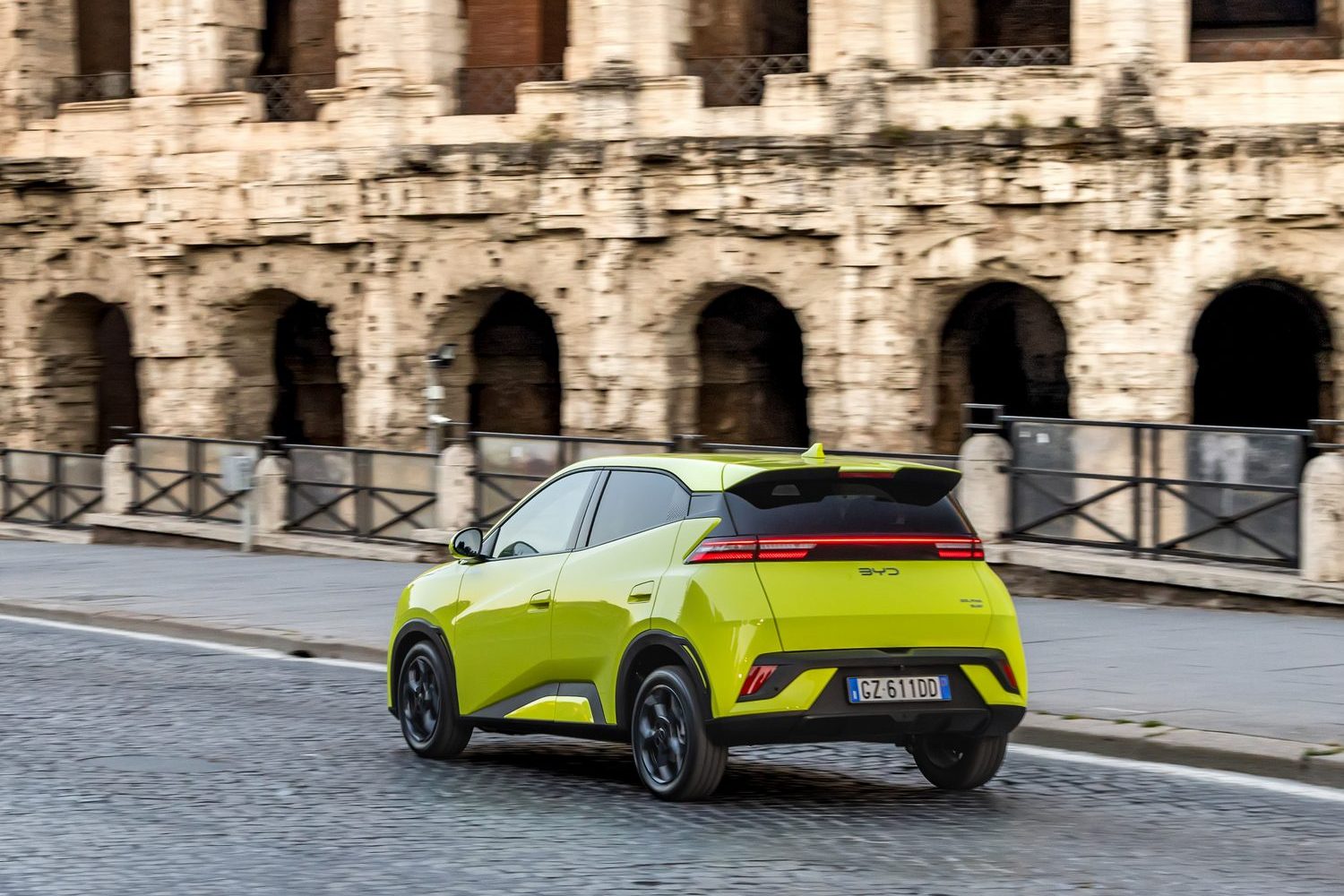
Those in the market for an affordable small EV will find the BYD Dolphin Surf does make for an appealing prospect. Few are likely to opt for the smaller battery, but BYD has been smart by offering the larger battery with the less powerful motor, which could be the sweet spot of the range.
As a small electric car, the Dolphin Surf drives with some big-car manners and has enough space inside to be quite practical given its compact overall size. Add to that good levels of standard equipment and this quickly becomes a very relevant electric car for urban or city dwellers - or those seeking an easy-to-run second car.
FAQs About the 2025 BYD Dolphin Surf
How long does it take to charge the BYD Dolphin Surf?
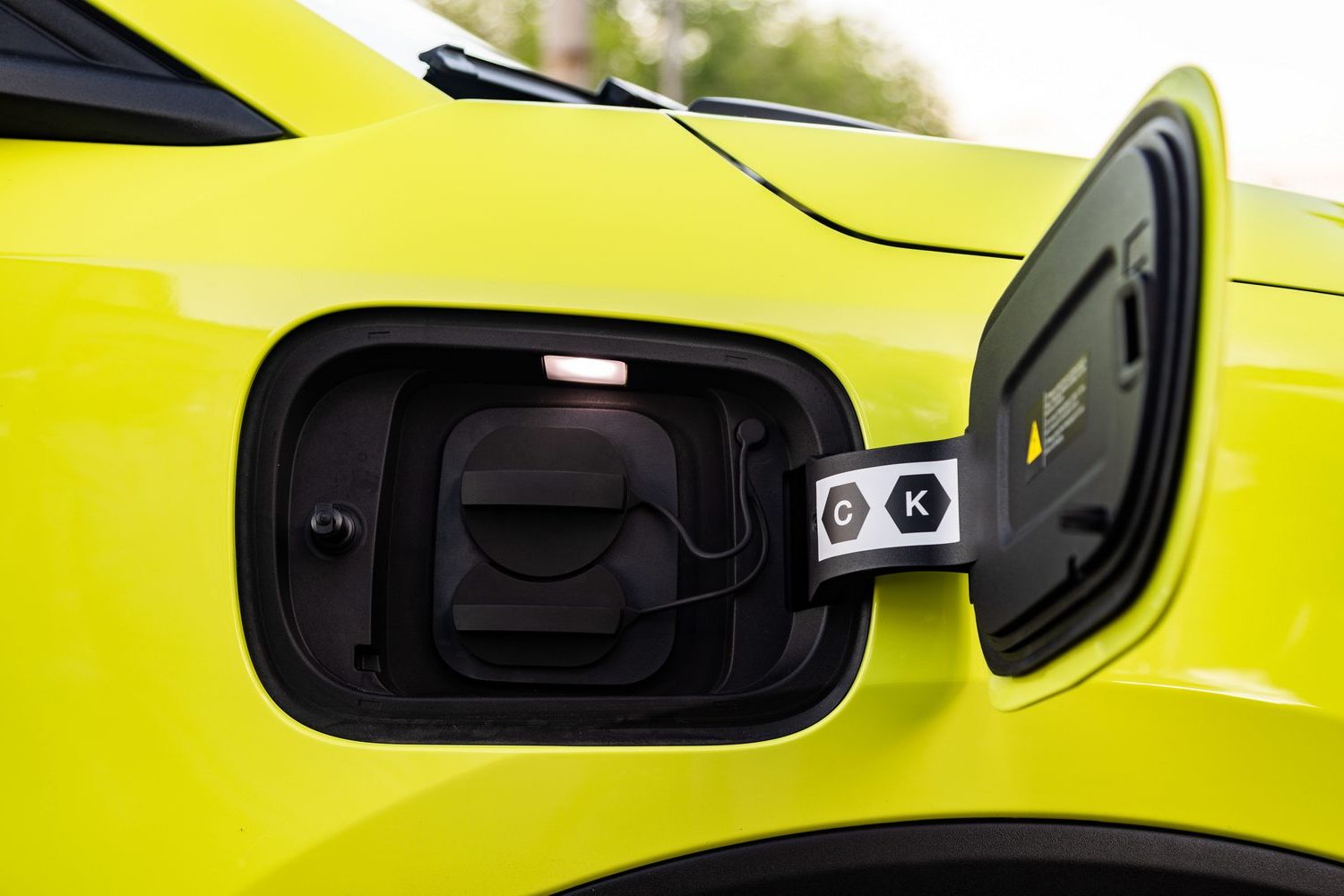
Whether it's the 30kWh or 43.2kWh Dolphin Surf, a 10 to 80 per cent recharge using a suitably powerful DC connection will take 30 minutes. A full charge from empty to full using the AC connection's peak 11kW charging speed will take 3 hours 30 minutes for the 30kWh battery and 5 hours for the 43.2kWh battery.
How safe is the BYD Dolphin Surf?
One of the primary reasons for the Dolphin Surf only being launched in Europe now, and for it receiving so many changes to the Chinese model, is safety. In particular, adding more driver assistance systems. As yet, there hasn't been a Euro NCAP assessment of the car, but BYD expects it to achieve at least a three-star rating.
Want to know more about the BYD Dolphin Surf?
If there's anything about the BYD Dolphin Surf we haven't covered, or you'd like advice on choosing between it and other cars, you can access our expert advice service via the Ask Us Anything page.

